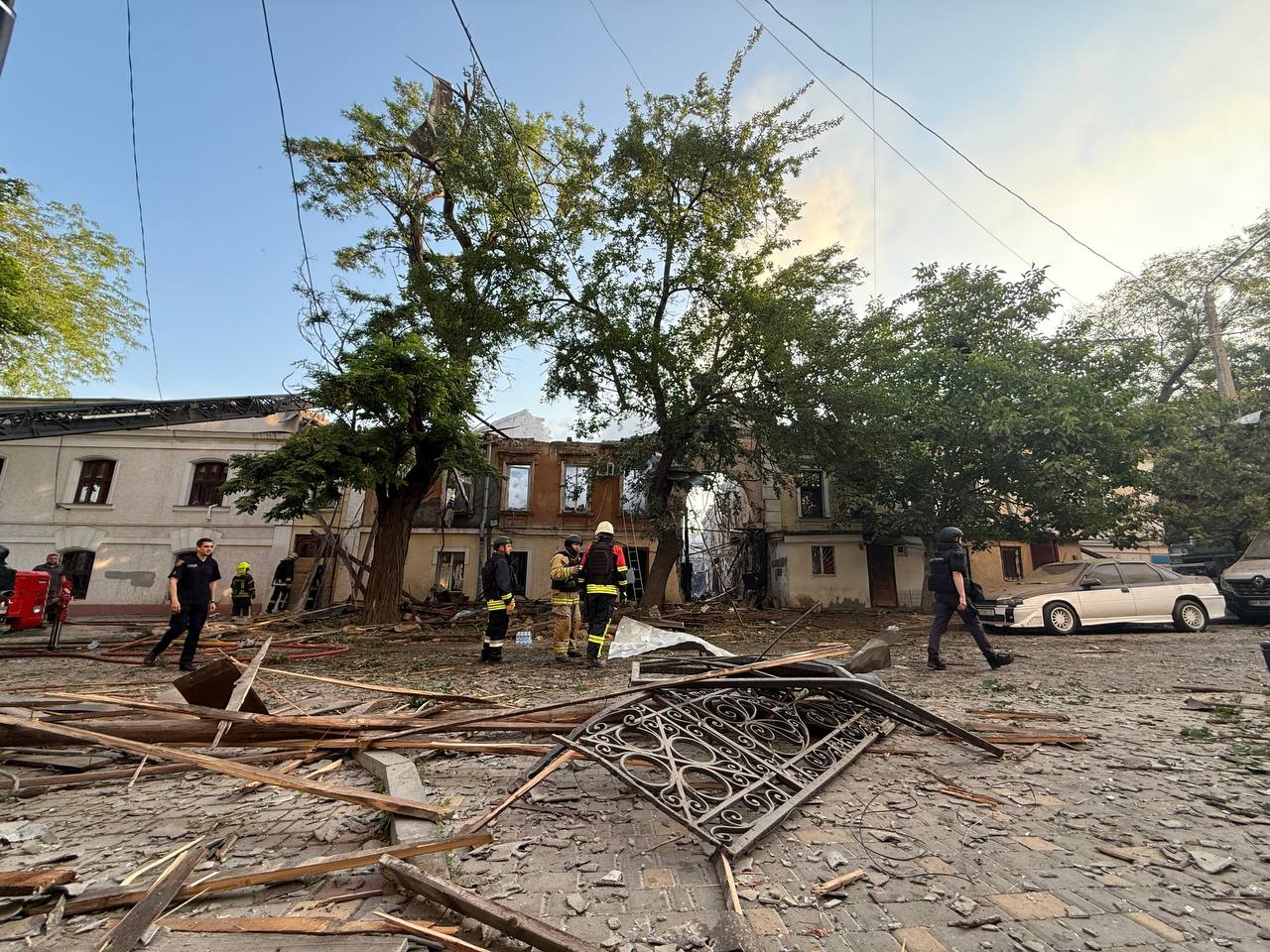Israel’s Assault on Gaza City Stifles Hope of Diplomatic Resolution to War

© Saher Alghorra for The New York Times


© Saher Alghorra for The New York Times


© Alexander Ermochenko/Reuters


© Amir Cohen/Reuters

© Amir Cohen/Reuters
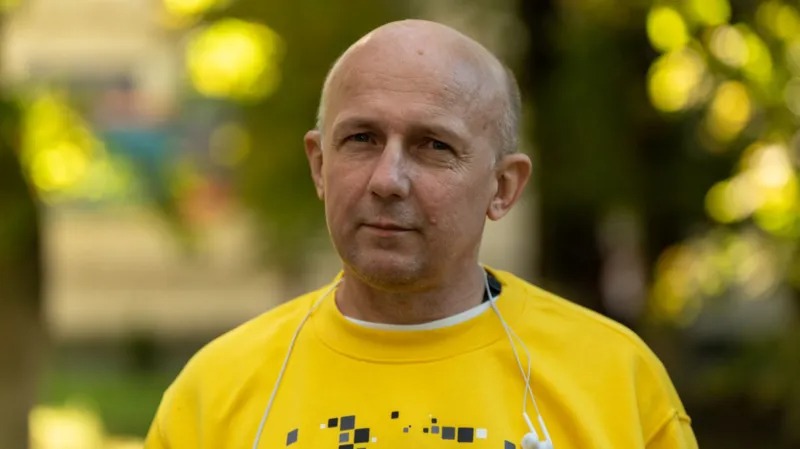

Since his release from a Russian prison, Ukrainian journalist Dmytro Khyliuk has barely been off the phone. BBC reports that he spent three and a half years in Russian captivity after being detained in the first days of the full-scale invasion. He was freed last month in a prisoner swap, one of eight civilians released in a rare move by Moscow.
Amid the ongoing Russo-Ukrainian war, most exchanges between Russia and Ukraine have involved soldiers. The return of eight civilians, including Dmytro, came in a group of 146 Ukrainians. They did not disclose the exact terms of the deal, only that it included “people Russia was interested in.” One source told BBC that some of them were residents of Russia’s Kursk region, evacuated during Ukraine’s incursion in 2024.
Crowds gathered waving Ukrainian flags when the freed men returned, many of them emaciated from years behind bars. Stepping off the bus, Dmytro immediately phoned his mother to say he was finally free. His parents are elderly and unwell, and he had long feared never seeing them again.
Speaking to BBC after his release, Dmytro described brutal treatment in multiple Russian facilities.
“They grabbed us and literally dragged us to the prison and on the way they beat us with rubber batons shouting things like, ‘How many people have you killed?’” he recalled.
Guards sometimes set dogs on prisoners.
“The cruelty was really shocking and it was constant,” he said.
He was never charged with a crime. In the first year, he endured starvation, losing more than 20 kg in a few months. He lost more than 20kg in the first few months. He also saw soldiers tortured with electric shocks during interrogations. The sounds of their pain and the bruises on their bodies left lasting impressions.
The ordeal started in 2022 in Kozarovychi, his family’s village near Kyiv. As he and his father Vasyl checked damage to their home during Russia’s assault on the capital, troops detained them. Both men were bound, blindfolded, and held in a basement under warehouses used as a Russian base.
Vasyl was released, but Dmytro was transferred deeper into Russia. His parents later received just two scraps of paper from him. One note read, “I’m alive, I’m well. Everything’s ok.” For months, they feared the worst.
BBC reports that more than 16,000 Ukrainian civilians remain missing. Officials have confirmed that only a fraction are in Russian prisons. Moscow does not publish lists. In Dmytro’s area alone, 43 men remain unaccounted for.
One of them is Volodymyr Loburets, detained at the same time as Dmytro. He has a new grandson he has never met. His wife Vira told BBC,
“I had a husband – and now I don’t.”
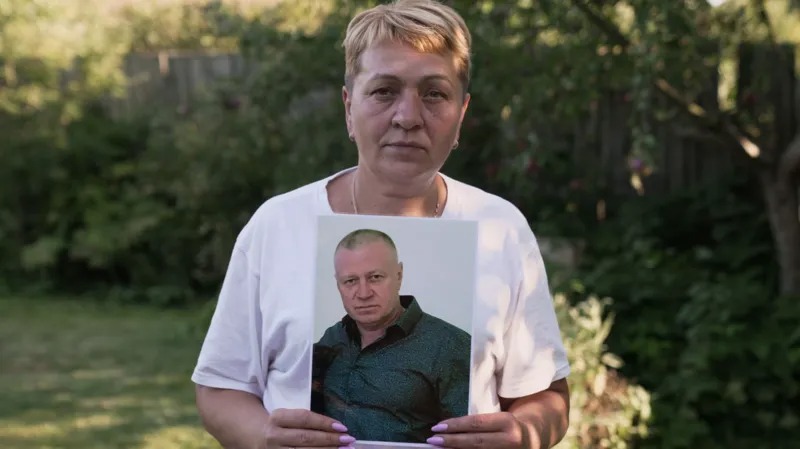
Families are frustrated because the Ukrainian government will not swap Russian soldiers for civilian hostages.
Ukraine’s human rights ombudsman Dmytro Lubinets told BBC that dealing with Russia is like “playing chess with an opponent who stands up, pulls on boxing gloves and punches you.” Ukraine has no Russian civilian prisoners to trade, while sending soldiers back in return for civilians would trigger more abductions. Only one previous exchange involved Ukrainians accused of collaboration. It is unclear if that approach will be repeated.
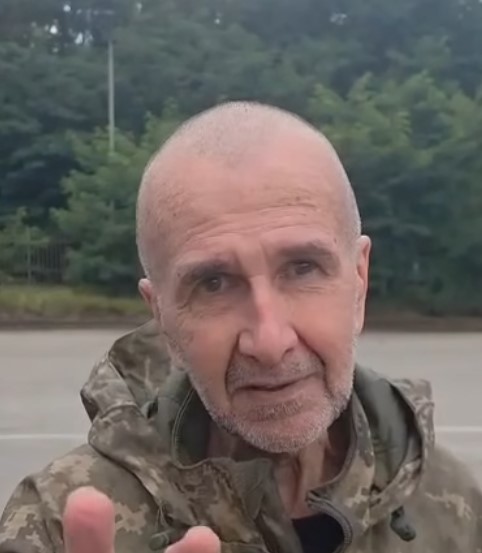
For Dmytro, the long wait is almost over. He is recovering in a Kyiv hospital before returning to his village. His mother Halyna can hardly mention his name without crying.
“When Dima called, he told me to be calm, that I shouldn’t cry anymore. But we haven’t seen our son for three and a half years!” she said.

Back home, his house still bears shrapnel scars from Russia’s advance. He admits returning requires adjustment.
“So the trees are the same, the buildings are the same. But you understand this is a different country. You’re in a different reality,” he said.


© Saher Alghorra for The New York Times


© Agence France-Presse — Getty Images


© Andrew Lipovsky/NBCUniversal, via Getty Images


Russian President Vladimir Putin is not rushing to end the war in Ukraine, not only because of imperialist plans to restore the Soviet Union 2.0. Reuters reports, citing three sources close to the Kremlin, that the Russian leader is carefully controlling the demobilization process to avoid destabilizing society and the political system.
As of early 2025, over 1.5 million Russian men and women have reportedly participated in the war against Ukraine.
The Kremlin seeks to avoid repeating the social upheavals that followed the Soviet war in Afghanistan. At that time, returning veterans fueled a wave of organized crime that overshadowed the 1990s.
A similar dynamic could recur: many demobilized soldiers will not receive the generous salaries they had on the front lines, sparking discontent and protests. For example, a new recruit from Moscow earns at least $65,000 for the first year of service in Ukraine, including bonuses.
Returning to civilian life without such income could become a source of social tension.
Another Kremlin concern is the psychological state of soldiers. A high number of veterans with PTSD are returning home, posing dangers to their families.
Among the demobilized are individuals who have already served prison terms, including thieves, murderers, and rapists. Since 2022, Russia has recruited from 120,000 to 180,000 convicts for military service in Ukraine.
Last year, about 500 civilians fell victim to the veterans, with at least 242 killed and 227 seriously injured, according to organizations analyzing Russian court records and media reports.
Mass return of veterans could undermine Russia’s tightly controlled political system. The Kremlin already felt the effects of chaos in June 2023, when Yevgeny Prigozhin, the Wagner PMC’s head, led a revolt against the military high command.
The Putin’s government is trying to mitigate the impact of returning veterans through policies, programs, and participation in regional and federal elections.
The return of demobilized soldiers, many of whom are hardened criminals or severely wounded, could replicate the Afghan scenario and threaten the country’s stability, especially considering that nearly 700,000 Russian troops remain on the front lines.
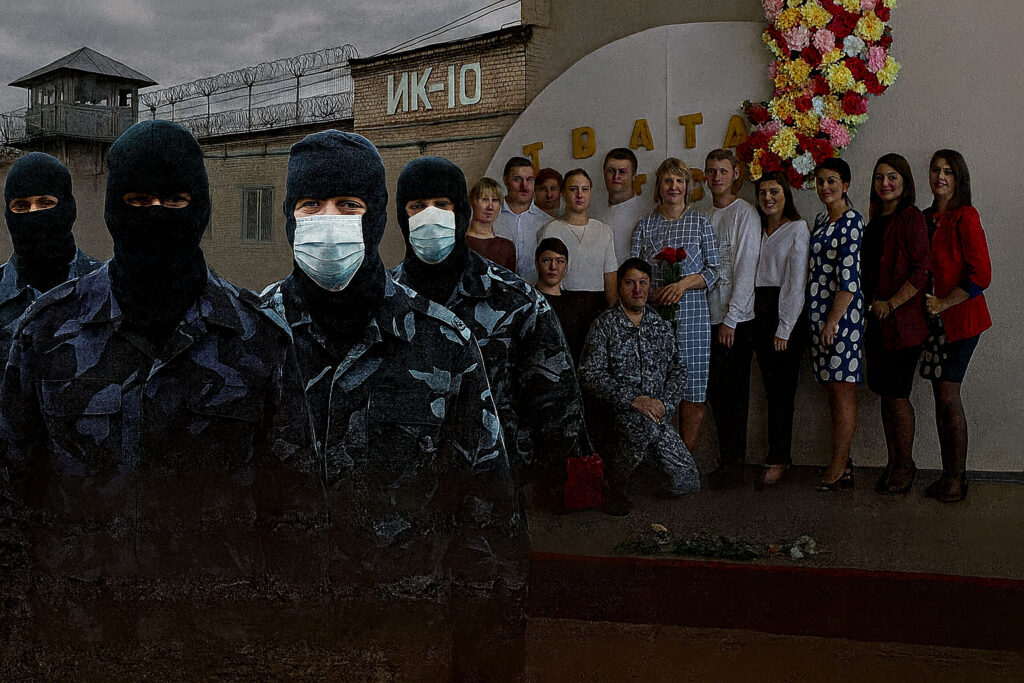

On 4 September, InformNapalm, a volunteer intelligence initiative focused on Russian aggression in Ukraine, published the personal data of 33 Russian prison staff reportedly involved in the torture of Ukrainian POWs at Mordovia’s IK-10. The exposé builds on survivor testimony broadcast by RFE/RL’s Skhemy.
According to InformNapalm, IK-10 has become a conveyor of abuse and repression since the start of Russia’s full-scale invasion. The Mordovia-based colony reportedly held about 700 Ukrainian POWs as of April 2025. Just 177 have been released.
“The rest remain in captivity, continuing to fight not only for freedom but for their lives,” InformNapalm wrote.
A volunteer intelligence group investigating Russian war crimes has publicly identified 33 staff members of Russia’s notorious penal colony No. 10 (IK-10) in Mordovia. InformNapalm, which since 2014 has gathered open-source intelligence to expose war-related abuses, released names, ranks, addresses, contact information, social media profiles, and roles of individuals allegedly responsible for the torture and inhumane treatment of Ukrainian prisoners of war.
The release follows a 17 July 2025 investigation by the Ukrainian news program Skhemy (“Schemes”), a project of Radio Svoboda, which aired testimony from survivors held at IK-10.
Located in the settlement of Udarnyi, Zubovo-Polyansky district, IK-10 is operated as a special-regime facility. InformNapalm and “Schemes” both describe an atmosphere of total psychological suppression, where prisoners were routinely denied medical care, beaten, forced to stand for hours, and cut off from any knowledge of their whereabouts.
Guards and staff reportedly concealed their identities behind balaclavas and medical masks. Even the place of the facility was hidden from detainees. The goal, according to survivor accounts, was to strip POWs of identity and autonomy, reducing them to a state of helplessness under constant threat.
Reports of abuse at IK-10 go back to 2012–2014, but the colony’s role expanded after Russia’s full-scale invasion in February 2022.

The list published by InformNapalm identifies a wide range of staff. At the top is Sergei Zabaiykin, who served as head of IK-10 from 2022 until March 2024 and is now deputy head of the FSIN directorate in Mordovia. FSIN is Russia’s federal authority for the prisons and detention of suspects and convicts. Inform Napalm cites a Russian publication describing Zabaikin as “a thieving head of the colony with a ‘beastly’ attitude toward inmates.”

His successor, Aleksandr Gnutov, served as deputy chief, then acting chief, and became official colony head in July 2024.
Other high-ranking figures named include multiple deputy heads: Aleksandr Pavlushkin, Aleksei Anashkin, Yegor Averkin, and Sergei Muymarov. InformNapalm says these individuals oversaw the daily operations during the peak periods of reported violence.
Medical personnel also figure prominently in the report. Field medic Ilya Sorokin—known by the nickname “Doctor Evil”—was named as a central figure. “Schemes” reported that Sorokin left his post at the end of 2024 and joined the Russian Defense Ministry, now operating under the call sign “Doctor” in military supply units. InformNapalm says he remains in contact with his former colleagues and continues to receive medical supplies for use in Russia’s war effort.
Chief physician Galina Mokshanova, her deputy Aleksandr Levin, and multiple other medics and nurses are named as having supported or enabled torture through medical neglect or complicity.
InformNapalm’s list includes more than command and medical staff. It also names psychologists, engineers, and guards believed to have played roles in the abuse. Senior psychologist Alesia Avdonina, for example, is described as a captain of internal service and also a part-time nail technician, showing the stark dissonance between professional responsibilities and daily online life.
Others identified include engineer Konstantin Anchin, psychologist Olga Khremkina, and senior inspector Anna Shcherbakova. InformNapalm notes that several individuals had no social media presence, while others shared openly under their real names.
Following the initial broadcast of “Schemes” in July, InformNapalm says insider sources reported increased activity from the Russian Investigative Committee and FSB. These agencies allegedly warned IK-10 staff about harsher penalties for information leaks and tried to prevent future exposures.
InformNapalm interprets this response as a sign that Russian authorities fear accountability. The group emphasized that “no mask will protect you” and called the release a first step toward identifying all individuals involved in war crimes inside Russia’s penitentiary system.
InformNapalm stresses that the publication of these 33 names is not the conclusion, but the beginning. The group is now encouraging anyone with further knowledge—especially former inmates or staff—to come forward with verified information.
The group seeks specific details: names or nicknames, job roles, periods of employment, specific incidents of abuse, supporting media, and contact information. All information will be carefully verified and sources anonymized when necessary.
InformNapalm warns against directly contacting any of the named individuals and urges caution for those living in temporarily occupied territories. Safe devices, VPNs, and page archiving are strongly recommended when submitting tips.
“This publication is not the final point,” the report concludes. “It’s the foundation for further documentation. Every confirmation is a contribution to truth and justice.”
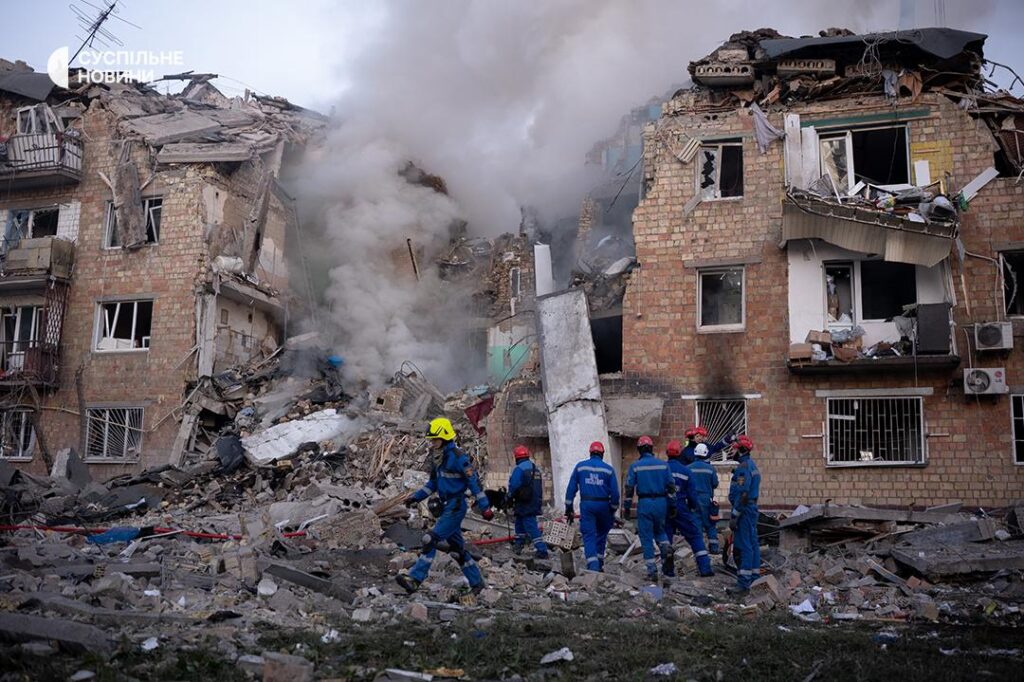

Russian army General Staff Chief Valery Gerasimov announced that Moscow plans to continue delivering massive strikes “exclusively against military targets” in Ukraine, according to his summary of combat operations for the spring-summer period.
However, the pattern of near-daily strikes on Ukrainian cities has consistently resulted in missiles, drones, and their debris hitting civilian areas and non-military infrastructure, producing significant casualty tolls that include children.
“According to the General Staff’s plan, targeted massive fire strikes continue exclusively against military targets and military-industrial complex facilities in Ukraine,” Gerasimov stated.

He added that Russian forces conduct some attacks jointly with the Federal Security Service (FSB) and will continue offensive operations within their stated military objectives.
According to Russian military reports, the priority is given to facilities producing missile systems and long-range unmanned aerial vehicles.
These announcements come as US President Donald Trump recently expressed optimism about potential diplomatic progress following talks with Russian President Vladimir Putin in Alaska in mid-August 2025. Trump indicated that Putin appeared interested in reaching a peace agreement regarding Ukraine, with many points reportedly agreed upon though no final deal was announced.
Russian diplomatic rhetoric contrasts sharply with the reality on the ground, as evidenced by the 28 August attack on Kyiv that resulted in 25 confirmed deaths, according to President Zelenskyy. Russian forces used 31 missiles and 598 drones in the overnight assault, with damage recorded across nearly all districts of the capital.
Among the casualties were four children, including two-year-old Anhelina and her 24-year-old mother Nadiia Yakymenko.
According to Ukraine’s Ministry of Foreign Affairs, the youngest victim “was born under Russian shelling in October 2022 and died from Russian shelling in August 2025.”
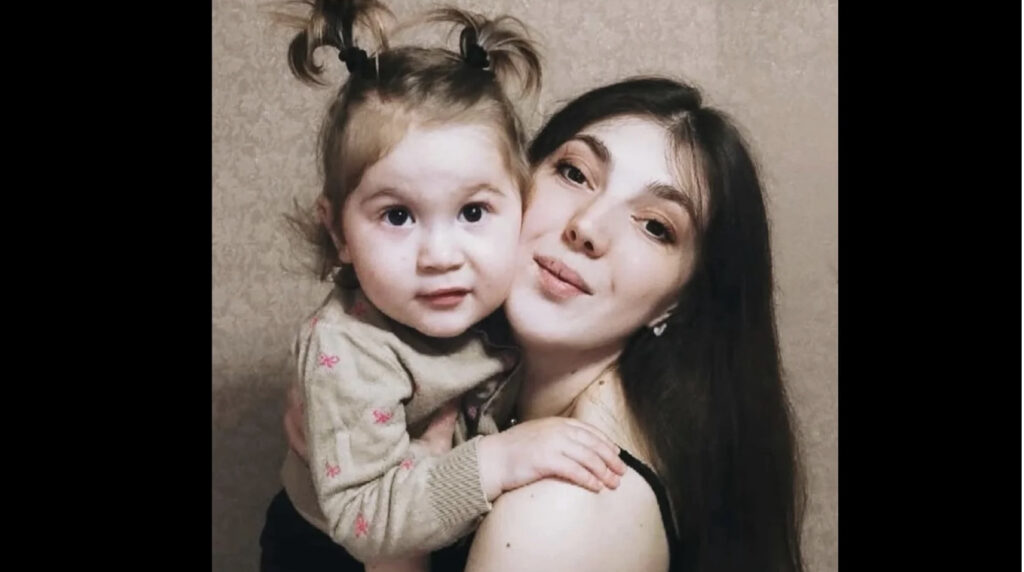
Other victims included 14-year-old Nazariy Koval, a school student, and 17-year-old Maryna Gryshko, a college student.
“This girl was a gentle, bright and creative personality, open to the world and people. She knew how to give kindness, inspire those around her with her talent and sincerity. For her classmates and teachers, she will forever remain a bright ray of joy and kindness,” the college statement about Maryna’s death noted.
Yana Shapoval, whose family resided on the top floor of a five-story residential building that was destroyed in the bombardment, was also killed in the attack. Her husband was critically injured and required hospitalization while their 11-year-old son Maksym sustained a fractured arm.
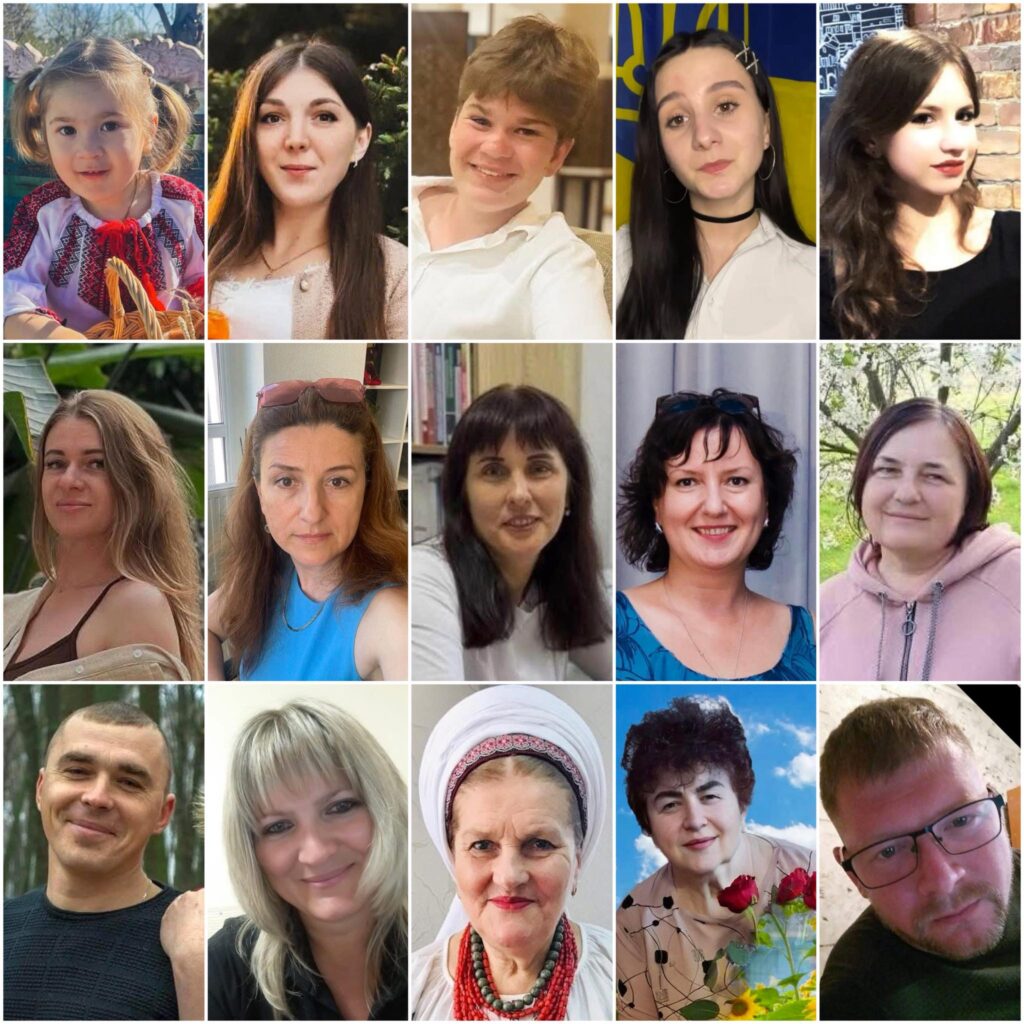
The strikes also damaged multiple civilian and diplomatic facilities, including the European Union representation building, the British Council office, and media outlets including Ukrainska Pravda and Radio Liberty. Transportation infrastructure was also affected, with damage to postal facilities and railway equipment.
Following the attack, Russian presidential spokesman Dmitry Peskov described the strike as “successful” while simultaneously claiming Moscow’s continued interest in peace negotiations. The European Union summoned Russia’s ambassador in response, and Ukraine called for an emergency UN Security Council meeting.


© Leon Neal/Getty Images
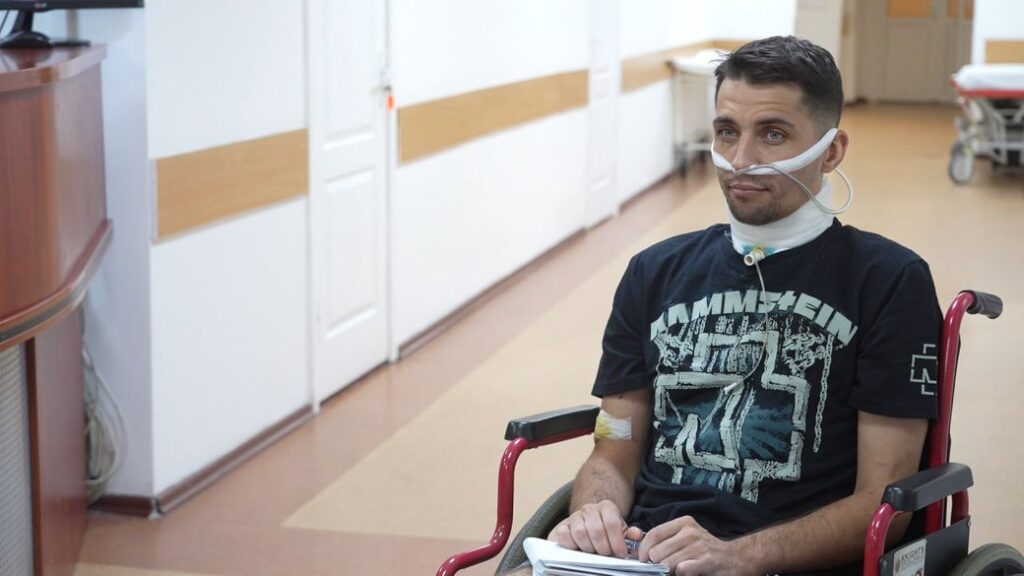

Vladyslav pressed fabric he tore from his clothing against his slashed throat and waited in a pit filled with seven dead and tortured Ukrainian soldiers. Russian forces had thrown him there to die after systematically mutilating his captured comrades—cutting off organs, gouging out eyes, severing ears and noses.
Five days later, he crawled into Ukrainian positions, maggots writhing in his wounds, having survived by drinking the blood of mice.
The 33-year-old National Guard soldier cannot speak now. He communicates by writing in a journal from his hospital bed in eastern Dnipropetrovsk Oblast, detailing his capture, torture, and escape. In one sentence that his brother reads aloud, Vladyslav says those who killed his comrades must pay and he is ready to return to fight.
Ukrainian public broadcaster Suspilne interviewed his family and medical staff about the ordeal. Hospital director Serhii Ryzhenko shared additional details on social media, calling it the most severe throat injury treated at the facility in 11 years of war.

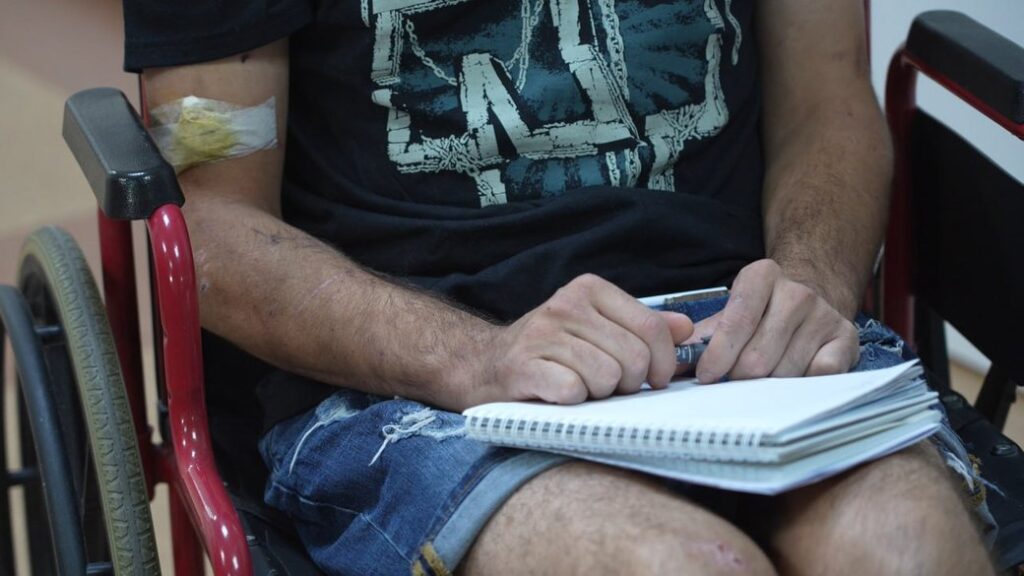
Several weeks ago, Vladyslav’s brigade lost control of their position near Pokrovsk during Russia’s major ground assault in Donetsk Oblast that began in early August.
Vladyslav was trying to help trapped comrades when Russian forces captured him along with seven other Ukrainian fighters. When he was dragged into a basement, he saw lots of blood.
Two Russian captors, different from the ones who brought him, were released convicts. They systematically tortured each prisoner. He was eighth in line. Other were already standing on their knees, with their hands tied up.
“The first reconnaissance boys who were captured had their eyes gouged out, lips cut off, male organs cut off, ears, and nose,” his brother Yevhen told Suspilne, reading what Vladyslav wrote in the journal.
Vladyslav watched seven soldiers die before his turn came. The Russians cut his throat and dumped him into the pit with the others, believing he was dead.
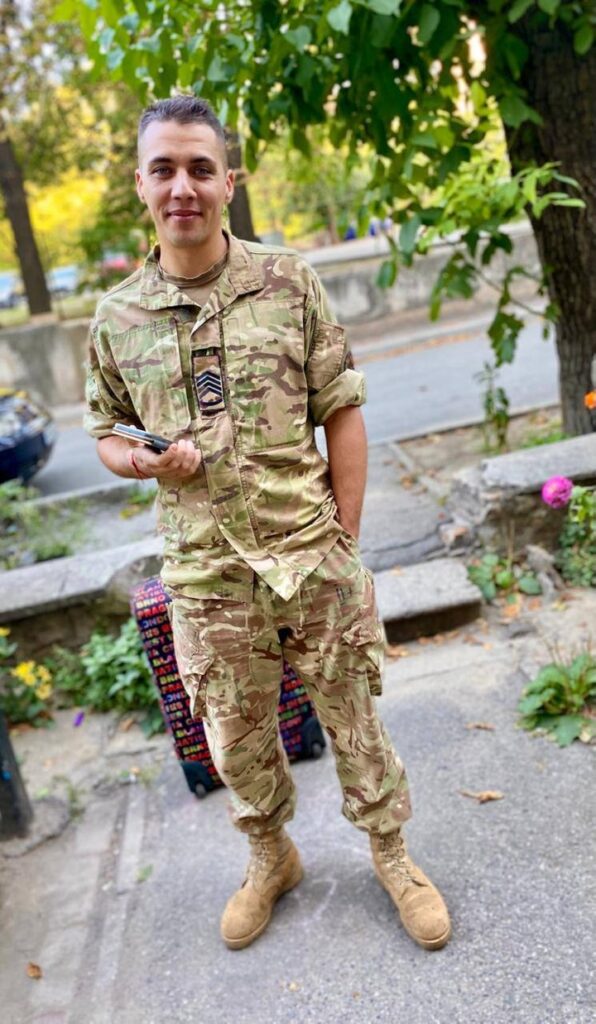
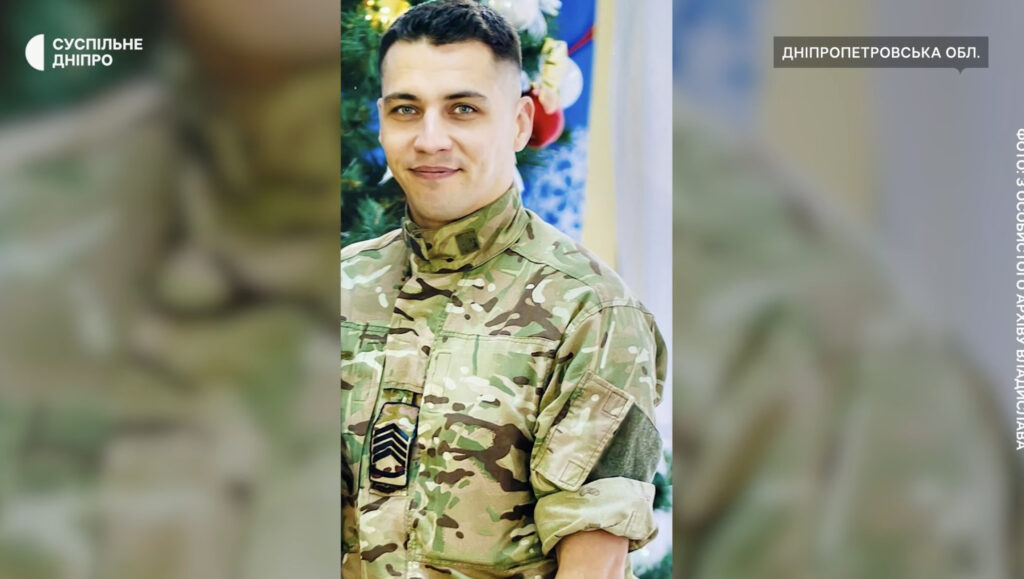
Vladyslav had managed to compress his throat wound and tear fabric from his underwear for a makeshift bandage. The Russians threw garbage over the pit to hide the bodies. Among the debris: a broken bottle.
“His hands were tied, and so he was able to cut the rope with that bottle,” his wife Victoriia explained.
He waited until the Russians left, then began crawling toward Ukrainian lines.
The journey took nearly five days. Maggots infested his wounds. Desperate thirst forced him to catch mice.
“He had to tear apart mice and drink their blood,” hospital director said.
Ukrainian forces evacuated Vladyslav on 17 August. He arrived at Dnipropetrovsk Oblast Clinical Hospital with massive blood loss and infected wounds that had begun to rot.
“When they cut someone’s throat, when a person is bleeding out—there’s little chance,” doctor Ryzhenko said.
“He held on to the end, but what distinguished him was that he was confident until the end that everything would be fine,” the director added, highlighting Vladyslav’s determination to live and get better.
Surgeons performed emergency surgery and installed a tracheostomy. Now the medical team plans reconstructive procedures to restore his voice.
As Vladyslav recovers, his brother and wife provide constant support at his bedside. He thinks often of his 4-year-old daughter, who doesn’t know the full story yet but waits to see her father.
“She’s restless, just like him,” Victoriia said, noting their resemblance.
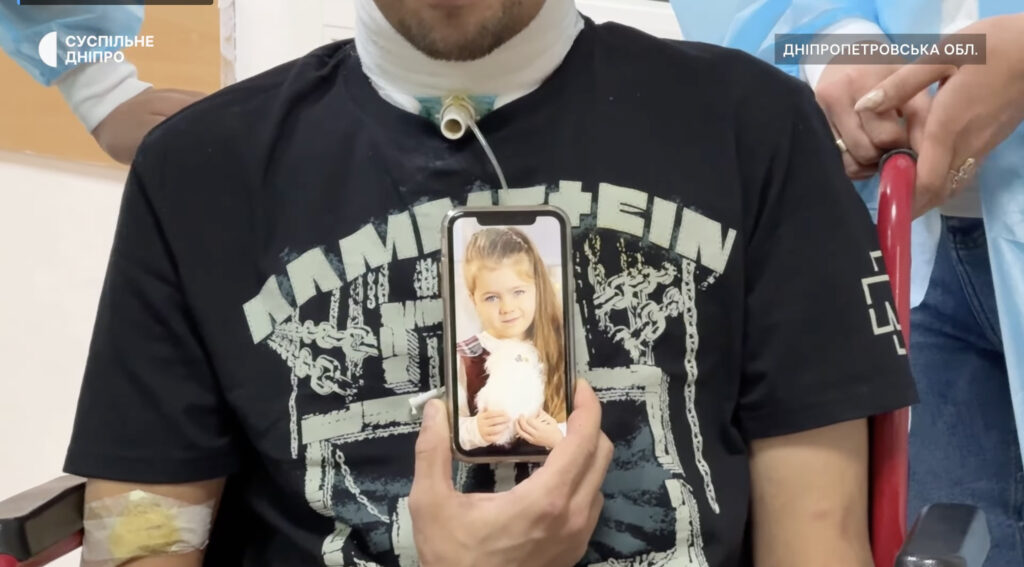
But alongside thoughts of reunion, another force drives him: the memory of seven dead comrades and a burning desire to return to combat.
His brother Yevhen shared what the soldier wrote in his journal: “Those beasts should all feel what I felt and those seven of our Cossack boys.”


Ukraine secured the release of two journalists in its latest prisoner exchange on 24 August, but 28 more media workers remain in Russian captivity where evidence reveals they face systematic torture and abuse designed to break captives mentally and physically.
Ukraine’s Committee on Freedom of Speech called on the international community to maintain pressure on Russia, stating that “only publicity and persistent struggle bring closer the day when all Ukrainians will return home.”
On Ukraine’s Independence Day, the prisoner exchange occurred with assistance from the United Arab Emirates that released over 100 soldiers and civilians from each side. Among them were Ukrainian journalists Dmytro Khyliuk and Mark Kaliush.
Kaliush was detained in Melitopol on 20 August 2023. Russian authorities accused him of terrorism, espionage, and cooperation with Ukrainian special services. Now he awaits a long journey of receiving medical care and undergoing physical and mental rehabilitation, including reintegration into civilian life.

Khyliuk’s captivity began in the first days of Russia’s full-scale invasion. The UNIAN news agency reporter was abducted from his family’s garden north of Kyiv in March 2022, less than two weeks after the war began. Russian forces initially held him in occupied Dymer before transferring him to Russia without any legal basis.
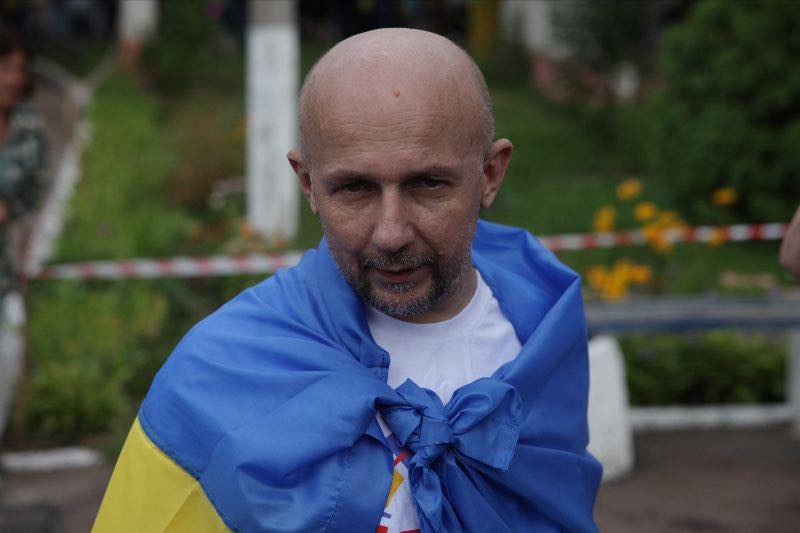
Reporters Without Borders tracked him through multiple detention facilities, ultimately to a prison in the Vladimir Oblast east of Moscow.
Throughout his captivity, Russian authorities denied holding him despite evidence of his detention. In early June 2023, Khyliuk managed to send a message to his family:
“I am OK. I love you. Tell UNIAN that I am in prison in Russia.”
Sources who met the journalist in prison estimated that at least 300 Ukrainian soldiers and civilians were being held in the same facility, which has capacity for 1,200 detainees.
Khyliuk spent over three years in Russian custody before his release—time during which he committed no crime beyond practicing journalism.
The toll was severe: he now weighs less than 45 kilograms (99 lbs), his health deteriorated substantially due to heart problems and an abscess, and he faces a long rehabilitation ahead.
In a video recorded on the day of his release, Khyliuk described his final moments in captivity:
“There was a bandage on my face for a day and a half. My hands were wrapped with tape. They [Russians] treated you like cattle.”
But he expressed shock at learning about support back home:
“I didn’t hear, I don’t know anything about Ukraine because I heard nothing during these three years in captivity. I didn’t know that so many people here remembers us and fights for us.”
Russian detention centers operate what prosecutors call “a targeted system of repression” against Ukrainian civilians. The abuse follows deliberate policies orchestrated by Russian authorities, with evidence showing high-level security officials instructing prison staff to be cruel without repercussions.
Cells designed for eight people are crammed with around 15 detainees. Ukrainian prisoners have no contact with Russian inmates and are moved between cells every two months to prevent relationships from forming.
Former detainees report regular beatings, electric shocks, including on genitals, mock executions, and threats of sexual violence. Prisoners are subjected to prolonged stress positions, hung by arms or legs, and forced to endure positional torture while blindfolded. Both male and female prisoners face sexual violence and threats.
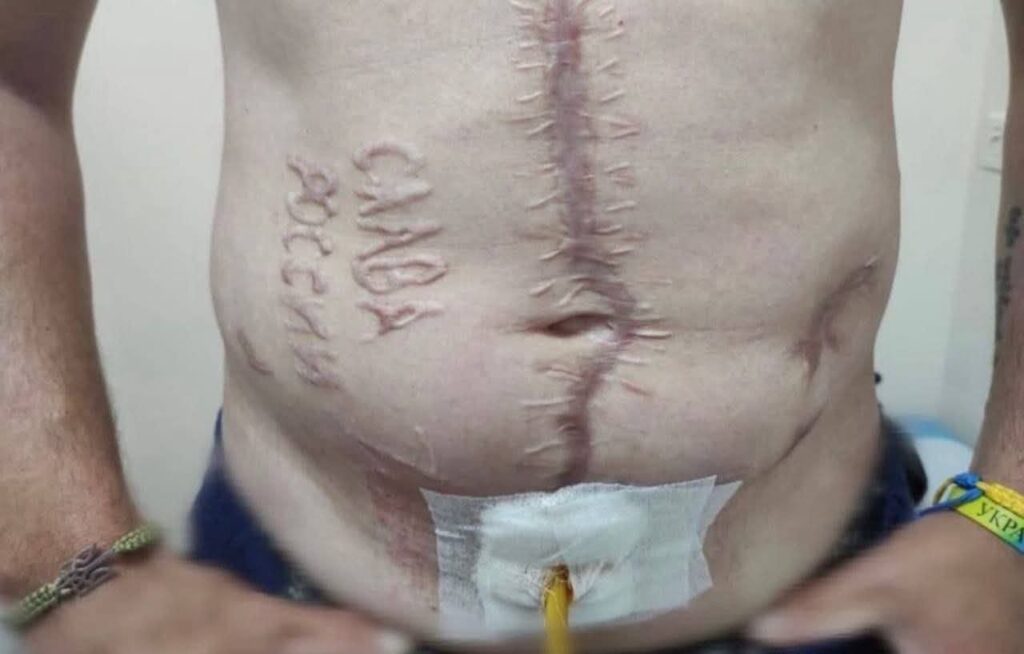
Daily life is designed for humiliation. Prisoners must stand for prolonged hours under camera surveillance, endure degrading treatment during daily checks including enforced nudity, and survive on inadequate food and medical care.

Many Ukrainian prisoners are held in complete isolation, cut off from families, legal counsel, or the outside world for extended periods.
Former prisoners also describe the psychological warfare: captives are told they will be exchanged soon, only to have those promises broken repeatedly.
Most Ukrainian civilians are labeled as “witnesses”—meaning they face no official charges and have no access to legal representation. Their activities are limited to reading Russian propaganda books portraying Ukraine as a Nazi-controlled state or singing Russian patriotic songs.
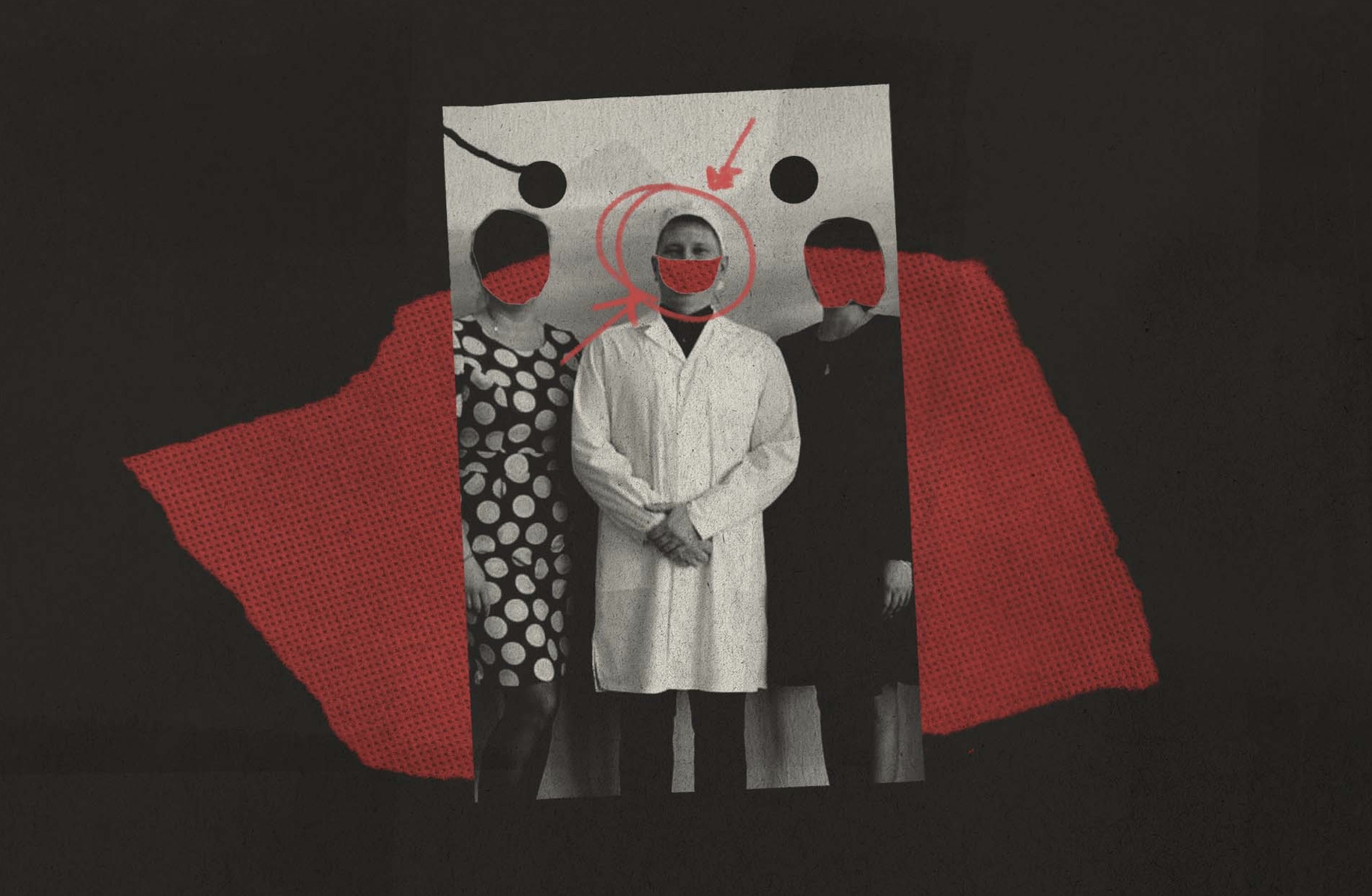
The broader assault on Ukrainian journalists has been devastating. Since Russia’s invasion began, at least 127 media workers have been killed, according to verified data from the National Union of Journalists of Ukraine and the International Federation of Journalists.
The breakdown reveals the war’s impact across different groups: 18 journalists died while performing professional duties, 10 were civilian casualties, and 99 media representatives who joined Ukraine’s Defense Forces were killed in combat.
The Institute of Mass Information reports Russia has committed 841 crimes against journalists and media in Ukraine over three and a half years of war.
“If Russia had not unleashed this shameful war, all these colleagues could have continued working successfully,” said NSJU Chairman Serhii Tomilenko. “But the aggressor state decided it was better for them to die, to leave families in deep grief, and people uninformed.”
The case of Viktoriia Roshchyna provides the most disturbing evidence of what happens to journalists in Russian custody.
The 26-year-old’s body was returned to Ukraine in February 2025 among 757 corpses exchanged with Russia, bearing unmistakable signs of torture and missing vital organs.
Forensic investigators found broken ribs, neck injuries, and possible electric shock marks on her feet. Critical organs were missing—parts of her brain, larynx, and eyeballs—which investigators believe represents an attempt to conceal the cause of death.

Roshchyna disappeared in August 2023 while investigating Russia’s detention system in occupied Zaporizhzhia, her home region.
She had been compiling a list of Russian Federal Security Service agents responsible for torturing Ukrainian civilians when she was captured.
Despite being previously detained for a week in March 2022, Roshchyna continued her dangerous work. Between February 2022 and July 2023, she traveled to Russian-held territories at least four times to document conditions there.
Her final reporting trip began in July 2023. She traveled from Kyiv to Poland, then crossed from Latvia into Russia on 26 July, ostensibly heading to Melitopol but first going to Enerhodar to investigate torture centers. Russian security services captured her shortly after.

Former cellmates described her treatment in the SIZO-2 detention center in Taganrog.
“She was whipped and tortured on an equal basis with everyone else,” said Ukrainian prisoner of war Yevheny Markevich. One cellmate saw knife wounds on her arms and legs—”definitely on her arm and leg. She had a knife wound, a fresh scar between the wrist and elbow.”
The electric torture was repeated multiple times. “She said she was all blue,” a cellmate reported, adding that the electric current may have been connected to Roshchyna’s ears.
By summer 2024, her health had deteriorated dramatically. “She was in such a state that she could not even lift her head off the pillow,” witnesses reported.
Despite her suffering, Roshchyna remained defiant.
“She called them ‘executioners, murderers,'” Markevich recalled. “Personally, I admired it. None of us were like that.”
In late August 2024, her father received a call—her first contact in over a year. Speaking in Russian rather than Ukrainian, suggesting she wasn’t alone, Viktoriia told him she expected to be home in September. Instead, Russian authorities announced her death on 19 September, though witnesses report she was removed from her cell eleven days earlier.
Ukraine has charged in absentia Alexander Shtuda, head of Russia’s Taganrog detention center, with organizing the journalist’s torture. According to Ukrainian investigators, Shtuda deliberately organized the abuse because Roshchyna refused to cooperate with the prison administration.
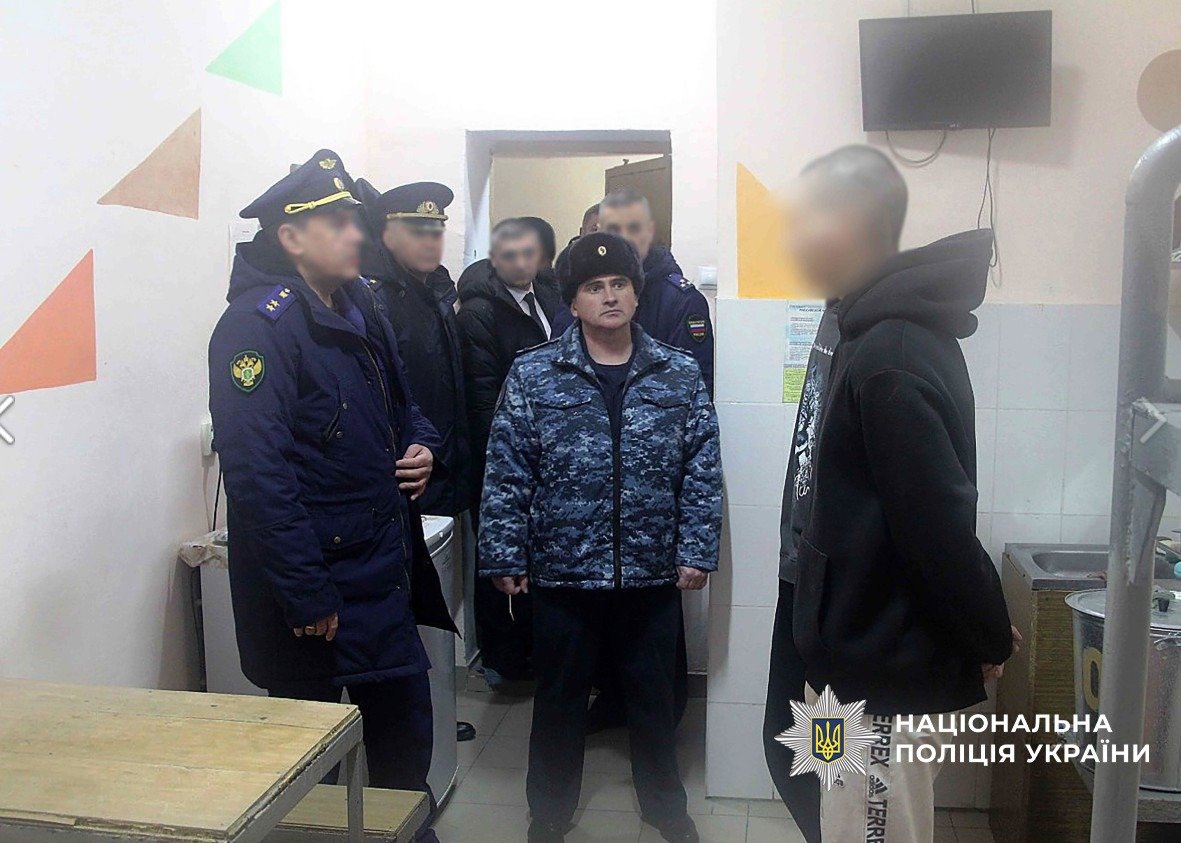
Meanwhile, Ukrainian media organizations have called for international investigations into Roshchyna’s death. The OSCE Representative on Freedom of Media said he was “horrified” by the findings, emphasizing that such treatment violates the UN Convention Against Torture and the Fourth Geneva Convention.
Russia continues to hold an estimated 8,000 Ukrainian soldiers in captivity, while nearly 60,000 Ukrainians are considered missing—many likely facing conditions similar to what these journalists endured.
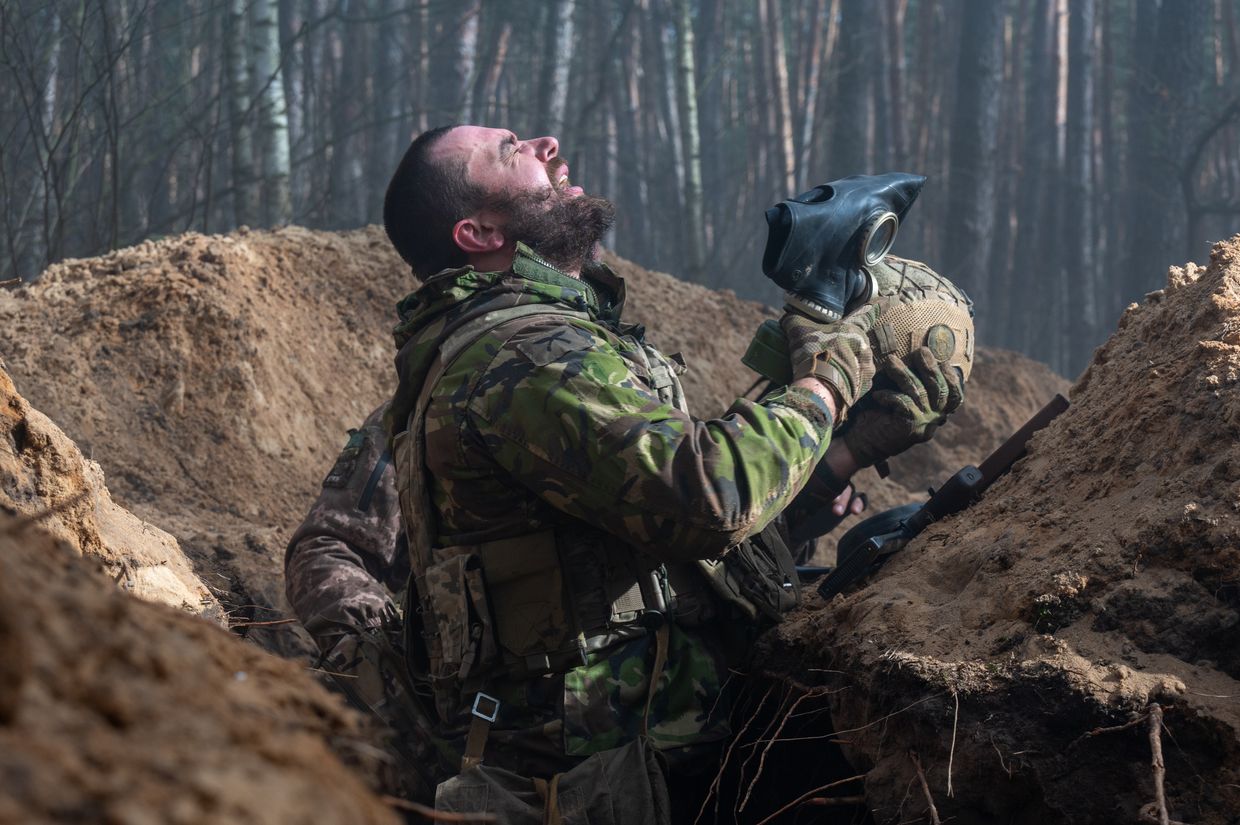

Russia is escalating the use of chemical weapons against Ukrainian forces, the Netherlands Military Intelligence (MIVD) reported on July 4.
Russian troops use banned chemical agents as psychological warfare to panic Ukrainian forces, forcing soldiers from dugouts and trenches with gas grenades dropped by drones, making them easy targets for subsequent drone or artillery attacks.
According to MIVD report, it was previously known that Russia usesd tear gas, but now intelligence has confirmed the use of chloropicrin — a substance that can kill in high concentrations in enclosed spaces.
Use of of chloropicrin, banned under international law, was discovered by the Netherlands Military Intelligence and Security Service (MIVD) and General Intelligence and Security Service (AIVD) together with the German foreign intelligence service BND.
The Kyiv Independent previously reported rising chemical attacks, but Ukraine could not accurately identify the chemical substances due to lack of equipment.
The U.S. State Department had already reported in May that Russian forces have used the chemical agent chloropicrin in Ukraine. The May 1 announcement was part of a larger statement about the introduction of new U.S. sanctions against more than 280 individuals and entities.
For now, the original statement has been removed from the U.S. State Department website.
Russia is using this type of weapon more frequently and "with ease," says MIVD Director Vice Admiral Peter Reesink.
Dutch Defense Minister Ruben Brekelmans, who announced the news to the Dutch parliament, called the situation "absolutely unacceptable," calling for "more sanctions, isolation of Russia and unwavering military support for Ukraine."
"We are making this public now because Russia's use of chemical weapons must not become normalized," Brekelmans said. "If the threshold for using this type of weapon is lowered, it is dangerous not only for Ukraine but also for the rest of Europe and the world."
Since the start of the full-scale invasion in 2022, Russia has conducted over 9,000 chemical attacks. At least three Ukrainian soldiers have died directly from exposure to toxic substances, according to Ukraine's Ministry of Defense.
Dutch intelligence has established that Russian military leadership actively facilitates chemical attacks, and the use of banned substances has become standard practice for Russian forces.
Moscow is also increasing investments in chemical weapons programs, expanding research and recruiting new scientists, MIVD and AIVD observe.
The U.S. has accused Russia of deploying chloropicrin, often used in agriculture and widely weaponized as a “vomiting agent” during World War I.
 The Kyiv IndependentAnna Fratsyvir
The Kyiv IndependentAnna Fratsyvir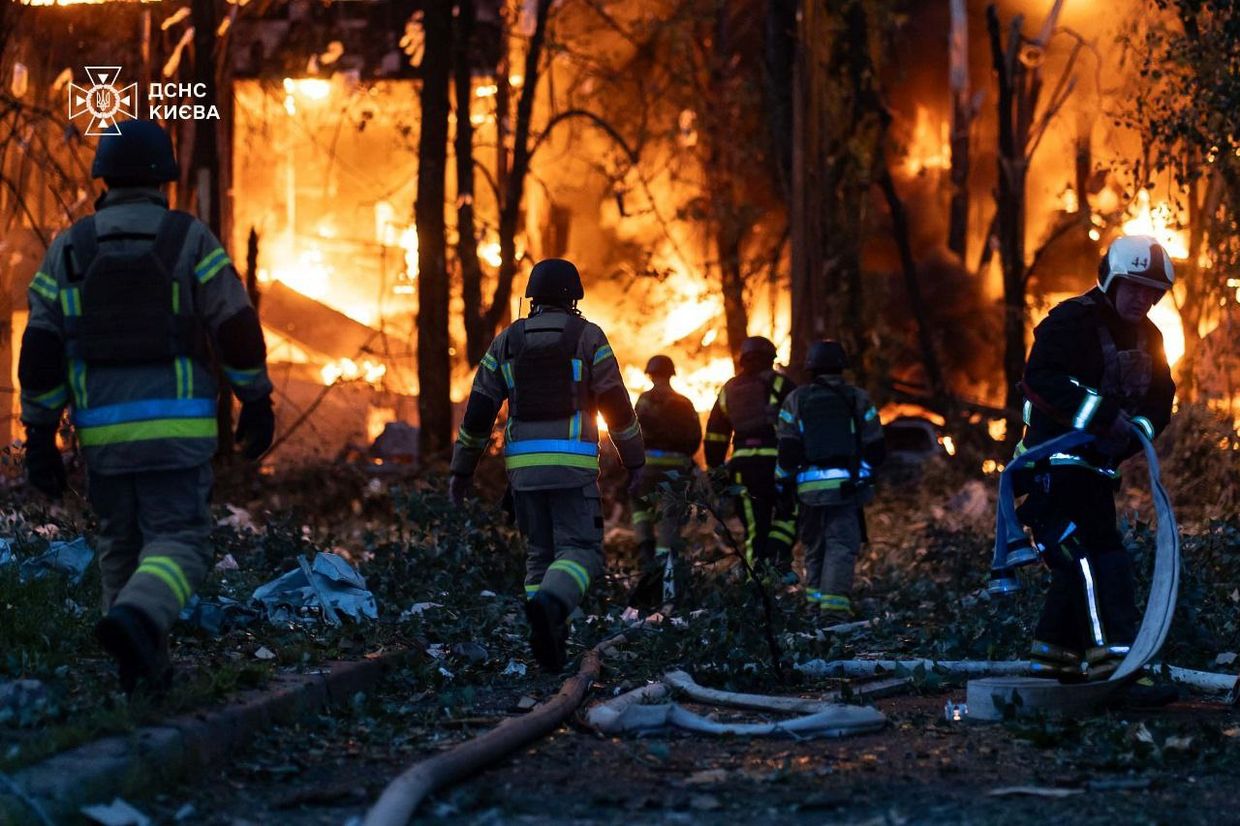


Ukrainian prosecutors have documented cases of Russian forces summarily executing 273 Ukrainian prisoners of war (POWs), the Liga.net news outlet reported, citing a statement from the Prosecutor General's Office.
Kyiv and the U.N. have raised alarm over the rising number of such cases, saying they point to a systematic policy by Russia to murder Ukrainian captives. Half of the document cases were recorded this year alone.
Seventy-seven criminal cases have been launched in connection with the killings of POWs, while only two people were convicted, and a trial against a third person is ongoing. The statement did not clarify whether the convictions were issued in absentia.
A total of 188 people have been convicted of various war crimes, including 18 captured Russian soldiers and one civilian, who were convicted in person. The rest were convicted in absentia.
Earlier this week, Ombudsman Dmytro Lubinets reported a case of the likely murder of a Ukrainian POW who was apparently tied to a motorcycle by Russian soldiers and dragged along the road.
Ukraine's military intelligence agency (HUR) said in May that it alone had documented more than 150 cases of Ukrainian soldiers being executed after surrendering to Russian forces. Multiple intelligence reports suggest that Russian soldiers have received explicit orders to kill prisoners of war.
The United Nations Independent International Commission of Inquiry on Ukraine confirmed in March growing numbers of incidents in which Russian forces killed or maimed surrendering Ukrainian troops.
A separate Ukrainian investigation is also underway into the killing of around 50 Ukrainian POWs in the Russian-run Olenivka prison in 2022. Kyiv blamed the killings on Russia, saying Moscow's forces deliberately put Azov fighters in a separate building that was later destroyed.
Russia denied responsibility, claiming the explosion was caused by a Ukrainian HIMARS strike—a version U.N. investigators have rejected.
Although Moscow blocked an independent investigation by denying U.N. monitors access, Lubinets recently said that an internal U.N. analysis concluded Russia was to blame.
 The Kyiv IndependentChris York
The Kyiv IndependentChris York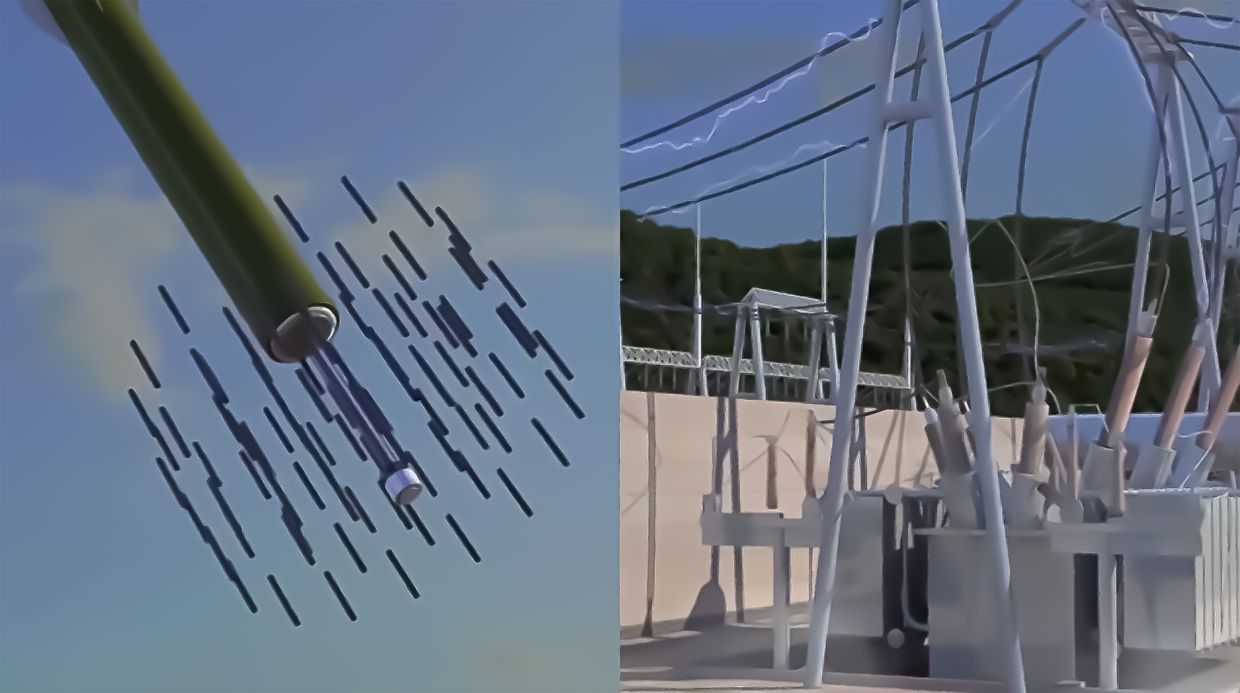
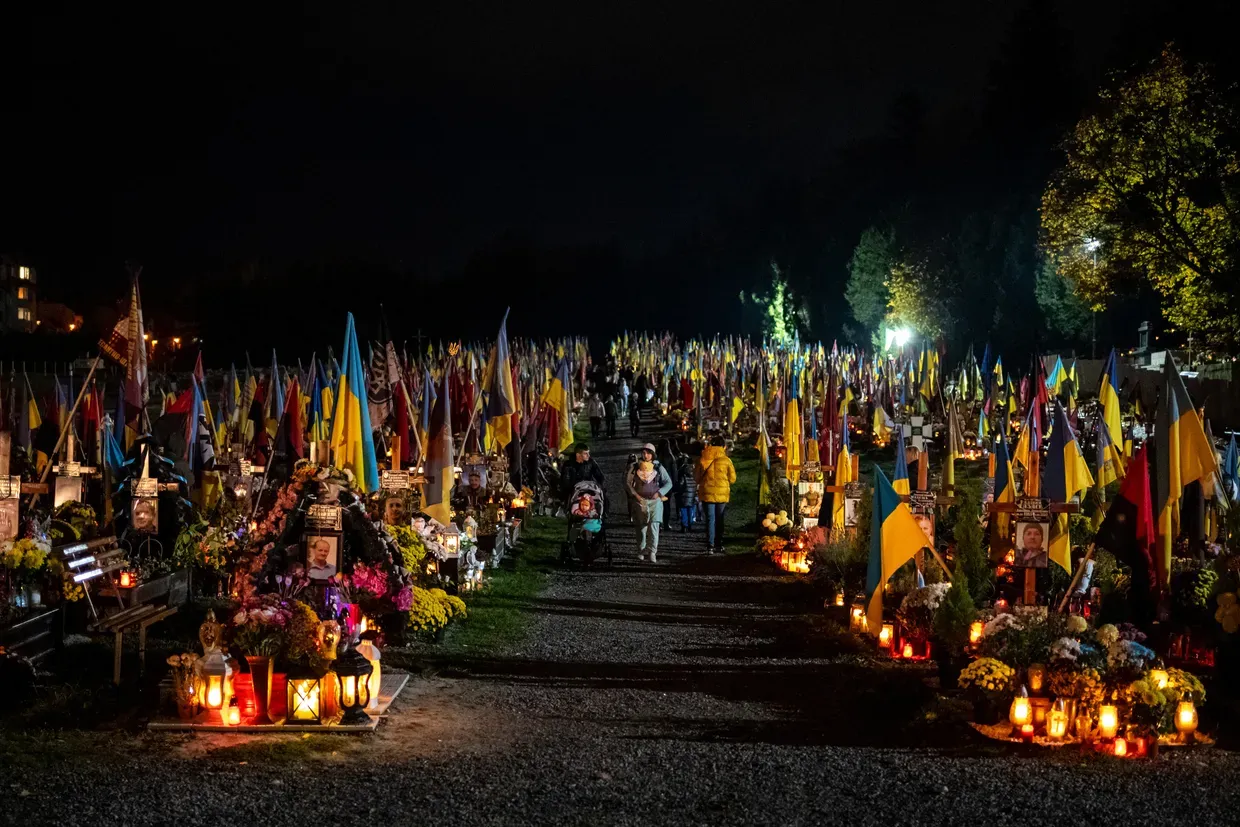

Russian forces likely executed another Ukrainian prisoner of war (POW), Ombudsman Dmytro Lubinets said on July 1, referring to a recent video that appears to show the captive tied to a motorcycle and dragged along a road.
The alleged execution adds to growing evidence that Russian forces are systematically violating the Geneva Conventions by killing Ukrainian captives.
"A video is circulating on social media showing a man being tied to a motorcycle and dragged along the road," Lubinets said in a statement.
"It is a clear act of demonstrative cruelty and yet another war crime by the Russian Federation."
Lubinets said he has sent official letters regarding the suspected war crime to the United Nations and the International Committee of the Red Cross (ICRC).
"Russia is acting as a terrorist state. And it must be held fairly accountable for every crime," he added.
Ukraine's military intelligence agency (HUR) alone reported in May that it had documented more than 150 cases of Ukrainian soldiers being executed after surrendering to Russian forces. Officials noted that these were only the confirmed incidents, and the real number is likely higher.
HUR and other agencies say such executions are not isolated but part of a broader, deliberate policy directed by Russia's military leadership. Multiple intelligence reports suggest that Russian soldiers have received explicit orders to kill prisoners of war.
The United Nations Independent International Commission of Inquiry on Ukraine confirmed in March growing numbers of incidents in which Russian forces killed or maimed surrendering Ukrainian troops.
The commission cited testimony from Russian deserters who said they were instructed not to take prisoners but to shoot them on sight.
Earlier this year, the U.N. Human Rights Monitoring Mission in Ukraine reported a sharp increase in POW executions, documenting 79 killings across 24 incidents since August 2024. In many cases, the victims were unarmed or wounded, and some were killed in groups.
 The Kyiv IndependentKollen Post
The Kyiv IndependentKollen Post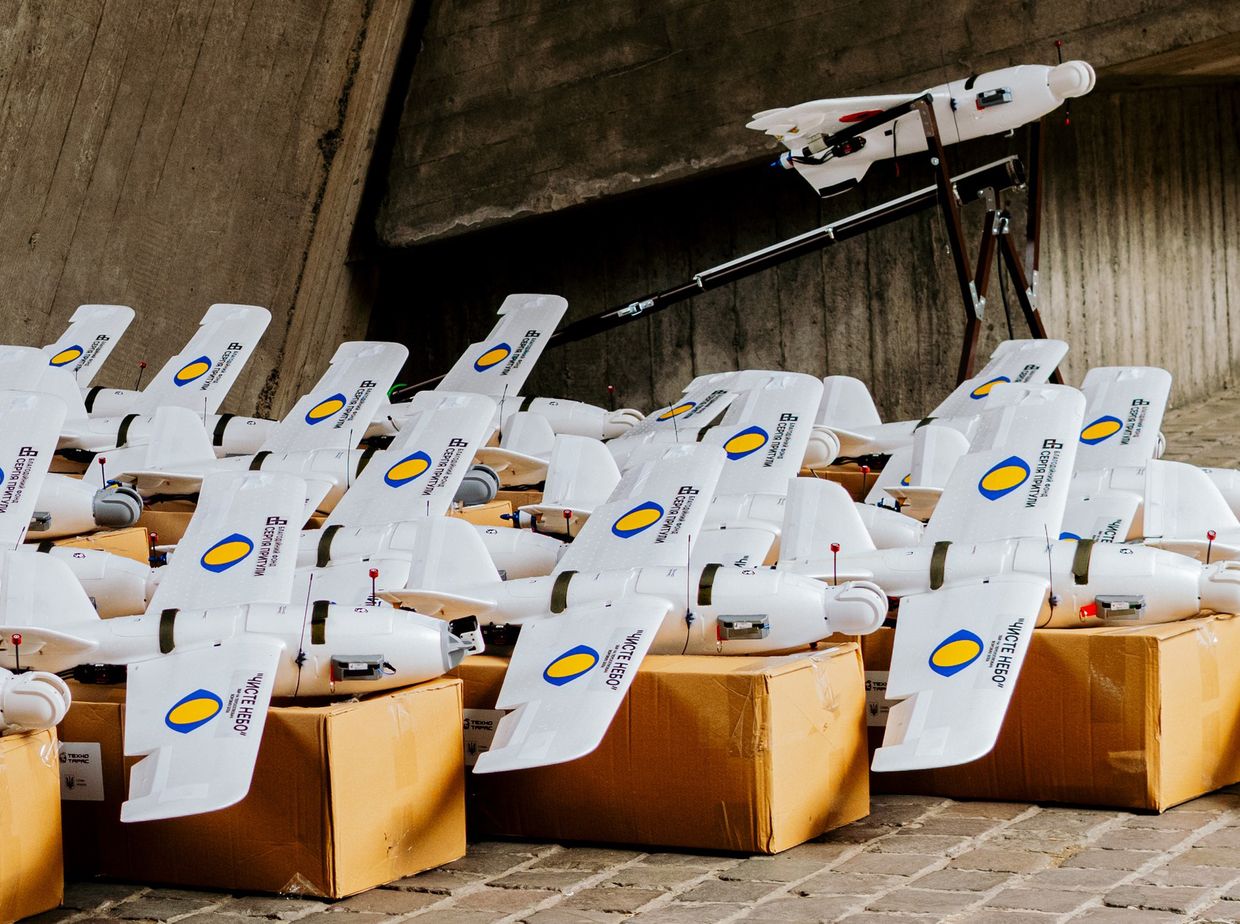


President Volodymyr Zelensky said on July 1 that he had signed the ratification documents establishing the Special Tribunal for the Crime of Aggression against Ukraine, marking a major step toward prosecuting Russia's leadership.
Ukraine and the Council of Europe signed the agreement establishing the Special Tribunal on June 25 during a ceremony in Strasbourg. Zelensky and Council of Europe Secretary General Alain Berset signed it after more than three years of advocacy and diplomacy.
"The agreement must now be swiftly ratified so that the process of creating the tribunal can begin," Zelensky said in a statement. He also instructed Ukraine's government to urgently submit necessary legislative changes to parliament to ensure Kyiv's full implementation of the agreement.
"I ask members of parliament to treat this as an immediate priority," Zelensky added, urging lawmakers to pass the needed legislation without delay.
The tribunal, once established, would specifically target Russia's top political and military leadership for the crime of aggression, defined as the illegal use of force by one state against another, which existing international bodies, like the International Criminal Court (ICC), are not able to prosecute due to jurisdictional limitations.
Zelensky also called on the Foreign Ministry and the Presidential Office to finalize a roadmap with international partners for the tribunal's launch.
"Already this year, Russia must begin to feel that accountability for the crime of aggression is inevitable," he said. "Aggression is a crime, and Russia's truly inevitable punishment for this crime is in the global interest of everyone in the world who wants their people to live in peace."
Speaking at the Parliamentary Assembly of the Council of Europe (PACE) on June 25, Zelensky thanked the body for championing the idea from its inception and pushing forward international accountability for Russia's invasion.
"It was here in this assembly, that the first call for such a tribunal was made," Zelensky said. "The idea was born here – and now it’s gaining real support from partner countries in Europe and beyond."
The tribunal is designed to close a legal gap that currently prevents the ICC from prosecuting Russia for the crime of aggression, although the court has issued arrest warrants for Russian President Vladimir Putin and Russian children's rights commissioner Maria Lvova-Belova in connection with the deportation of Ukrainian children.
Alongside the tribunal, the Council of Europe has also helped establish the Register of Damage, which has received over 34,000 claims from Ukrainians documenting losses and harms caused by the war.
Zelensky has repeatedly stressed the need for full justice and has called for the prosecution of all Russian officials responsible for planning and executing the war.
 The Kyiv IndependentAlisa Yurchenko
The Kyiv IndependentAlisa Yurchenko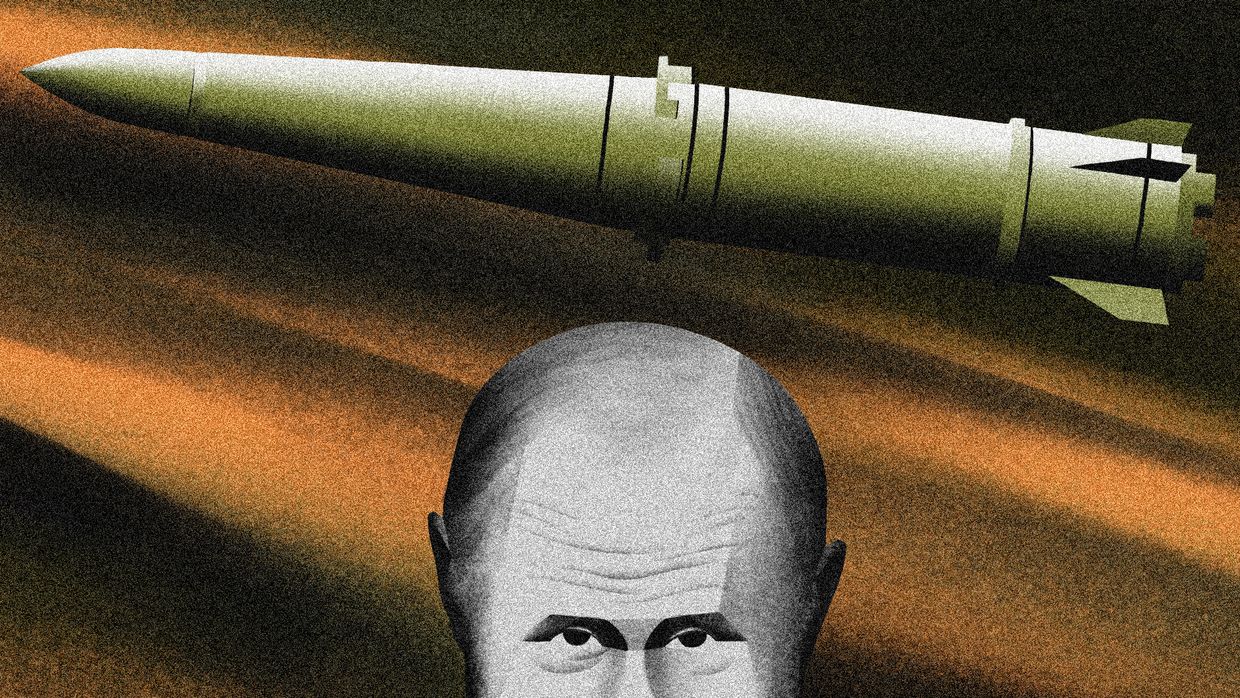
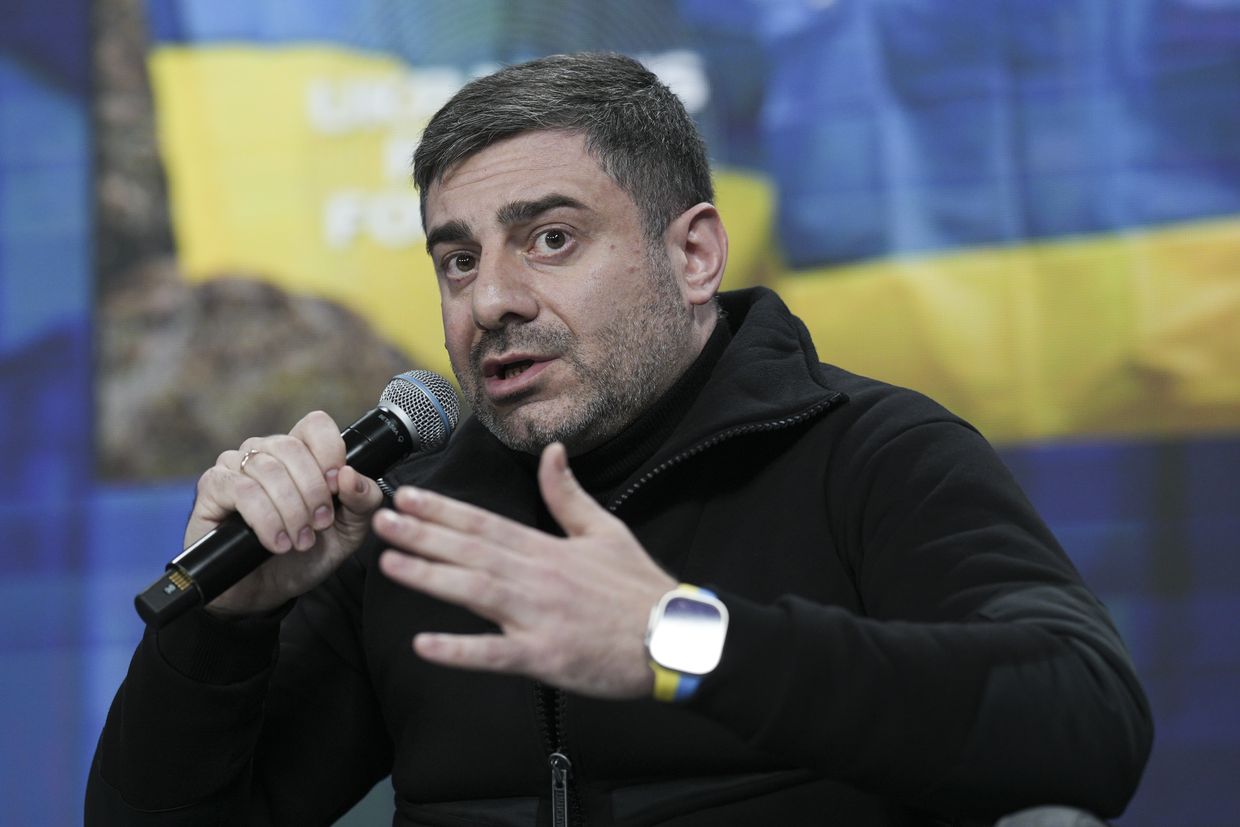

An internal U.N. analysis has found Russia responsible for a 2022 explosion at Olenivka prison, which killed over 50 Ukrainian prisoners of war (POWs), Ombudsman Dmytro Lubinets said on June 30.
"(A)n internal analysis of the U.N. showed that it was the Russian Federation that planned and carried out the attack," he said in a post to social media.
Lubinets referred to a report by the Center for Human Rights in Armed Conflict, whose website features only the investigation into the Olenivka explosion.
The investigation, published on June 26, reads that an "internal U.N. analysis concluded that it was the Russian Federation who planned and executed the attack," though the U.N. did not publicly acknowledge Russia's responsibility.
Russia has denied being responsible for the attack but prevented efforts by the international community to independently investigate the attack and contaminated evidence at the site, according to a report published by the U.N.
Kyiv has said that days before the July 2022 attack, Russia deliberately put Ukrainian members of the Azov Regiment, who were awaiting a prisoner exchange, in a separate part of the Olenivka prison building that was later destroyed in the explosion.
"The report identifies the weapons and ammunition that the Russian Armed Forces used to kill Ukrainian prisoners of war, and also examines in detail the planning, organization, and execution of the murder," Lubinets said.
The ombudsman noted that the U.N. fact-finding mission on Olenivka was disbanded due to a lack of security guarantees, adding that the mission has previously refused to review evidence provided by Ukraine.
Russia has repeatedly violated international conventions protecting the rights of POWs as it continues to carry out its war against Ukraine.
A Russian military court has convicted 184 Ukrainian POWs captured in Kursk Oblast of acts of terrorism, Mediazona reported on June 25.
The POWs captured in Kursk were charged with carrying out a grave terrorist act by a group of individuals, as outlined by the Russian Criminal Code.
Junior Lieutenant Yevhen Hoch was convicted of allegedly carrying out an act of terrorism by taking part in Ukraine's Kursk Oblast incursion.
 The Kyiv IndependentYuliia Taradiuk
The Kyiv IndependentYuliia Taradiuk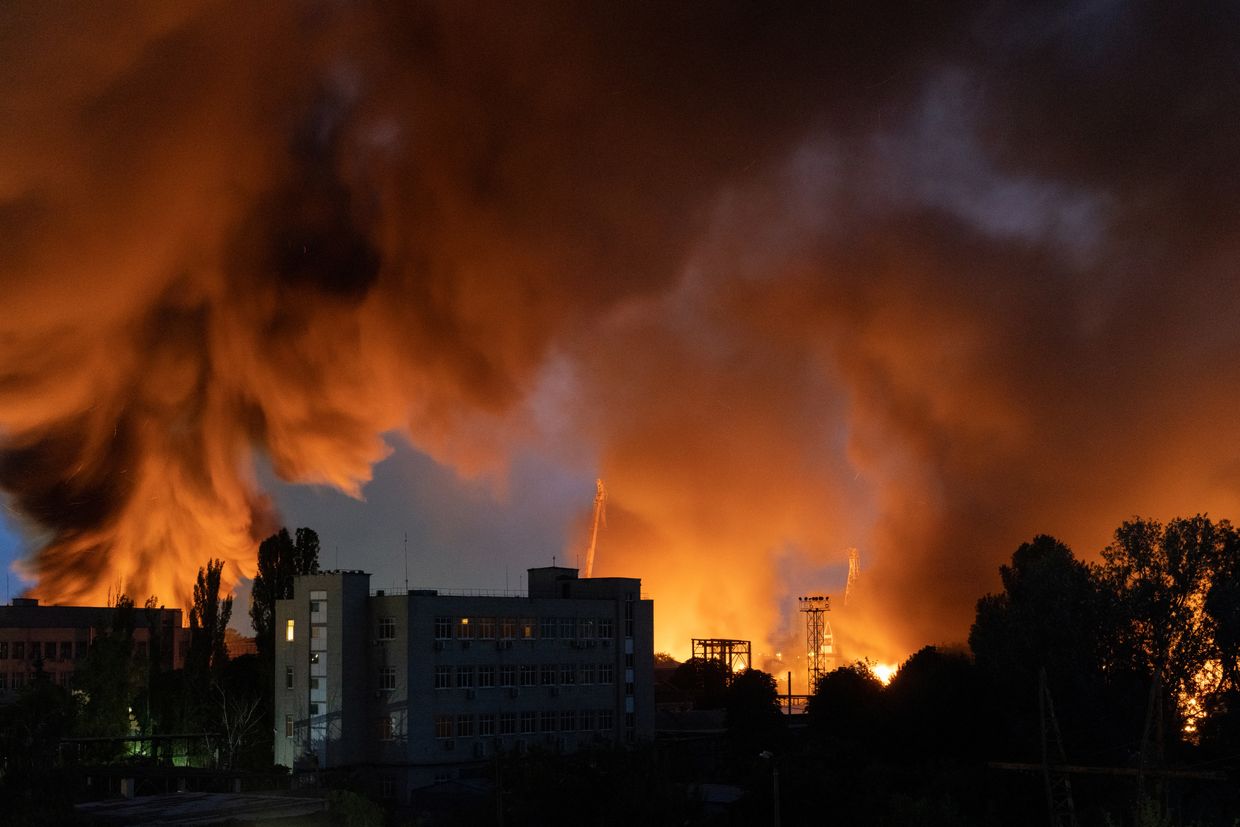
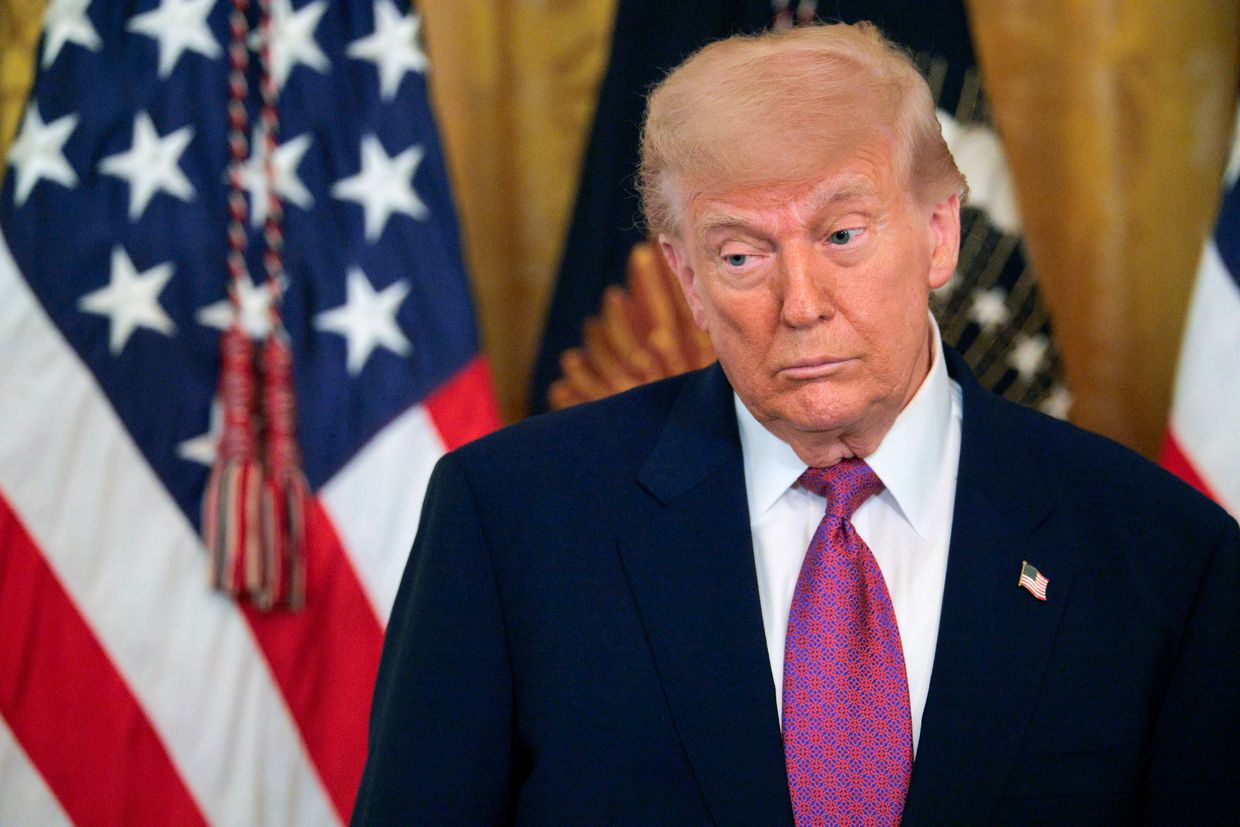

The White House has recommended terminating U.S. funding for multiple programs that investigate war crimes worldwide, including Russian war crimes in Ukraine, Reuters reported on June 26.
Since U.S. President Donald Trump's inauguration in January, the administration has imposed sweeping layoffs and budget cuts, targeting foreign aid, media outlets, and federal workers. Many of the cuts have directly impacted programs assisting Ukraine.
The Trump administration's Office of Management and Budget (OMB) on June 25 recommended canceling funds for nearly two dozen programs that investigate and seek accountability for war crimes, two U.S. sources familiar with the matter told Reuters. The outlet also reviewed internal government documents to support their claims.
The targeted programs include groups investigating Russian war crimes in Ukraine, as well as atrocities in Myanmar, Syria, Iraq, Nepal, Sri Lanka and the Gambia.
Multiple programs designated for termination are operating in Ukraine, three sources told Reuters. One of the groups is Global Rights Compliance, which gathers evidence of Russian war crimes across the country, including torture and sexual violence. Another is Legal Action Worldwide, a legal aid organization that supports efforts to prosecute suspects accused of perpetrating war crimes in Ukraine.
The State Department will have the opportunity to appeal the OMB's recommendation, though two U.S. officials told Reuters that Secretary of State Marco Rubio is not likely to advocate for most of the programs.
Rubio could potentially argue to preserve a few key programs, such as those supporting the prosecution of Russian war crimes in Ukraine, one source said.
According to an internal State Department email viewed by Reuters, the department has until July 11 to submit their arguments on behalf of preserving any of the targeted war crimes accountability programs.
The Trump administration's funding cuts have already impacted humanitarian aid and civil society programs across Ukraine as the country faces its fourth year of Russia's full-scale invasion. One of Trump's first acts in his second term was to freeze all U.S. foreign assistance for 90 days. He then worked alongside former ally Elon Musk to dismantle the U.S. Agency for International Development (USAID).
Among the defunded organizations is Ukraine Conflict Observatory, the leading U.S.-backed initiative documenting Russia's abduction of Ukrainian children. A part of Yale University's Humanitarian Research Lab, the group will end its efforts to track and monitor illegally deported Ukrainian children as of July 1 due to funding cuts.
The White House also previously disbanded the U.S. Justice Department's War Crimes Accountability Team and fired a coordinator responsible for collecting data on Russian war crimes in Ukraine.
 The Kyiv IndependentMartin Fornusek
The Kyiv IndependentMartin Fornusek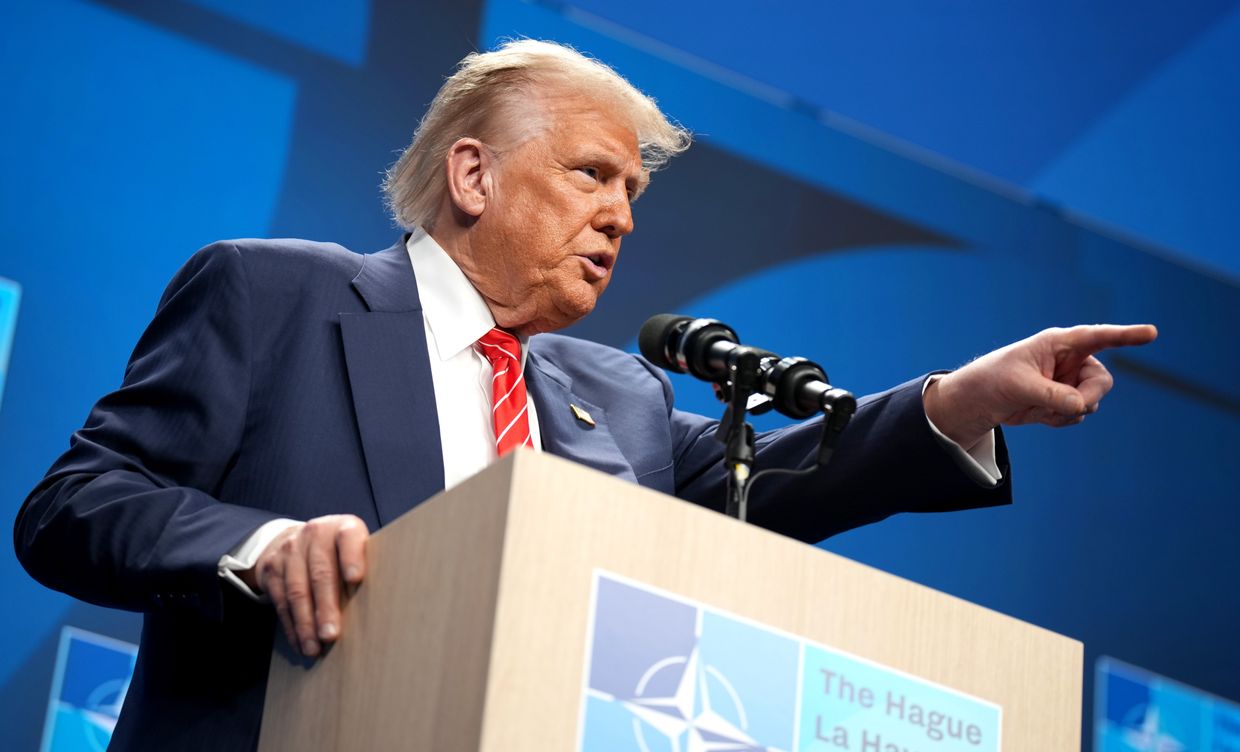
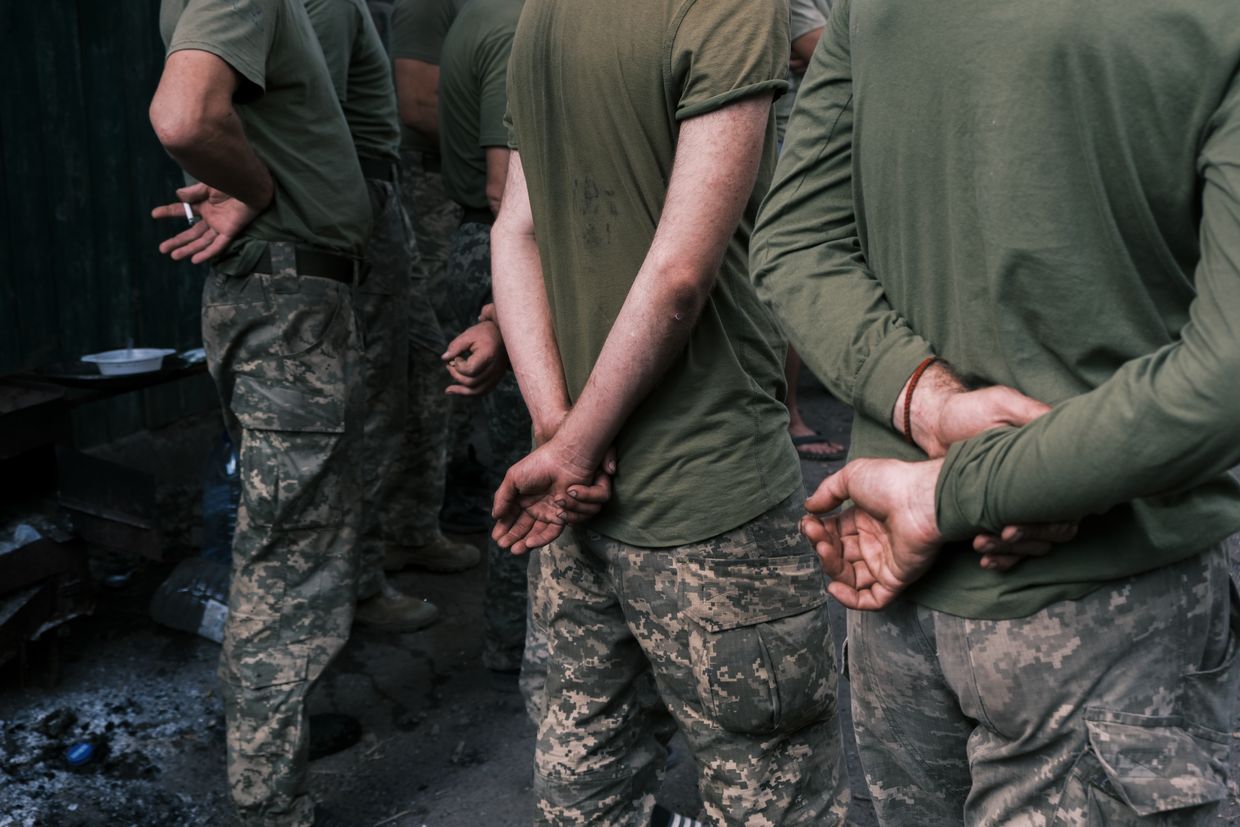

A Russian military court has convicted 184 Ukrainian prisoners of war (POWs) captured in Kursk Oblast of acts of terrorism, Mediazona reported on June 25.
Ukraine first launched a surprise offensive into Russia's Kursk Oblast in August 2024. Ukrainian officials have said the incursion forced Russia to move resources away from its offensives in Eastern Ukraine.
Russia's military prosecutors office convicts Ukrainian POWs captured in Kursk Oblast on a regular basis, independent Russian outlet Mediazona reported.
The POWs captured in Kursk were charged with carrying out a grave terrorist act by a group of individuals, as outlined by the Russian Criminal Code.
Junior Lieutenant Yevhen Hoch was convicted of allegedly carrying out an act of terrorism by taking part in Ukraine's Kursk Oblast incursion.
Russia has waged its war against Ukraine since 2014 and initiated a full-scale invasion in February 2022.
Russian authorities accused Hoch of interfering with civilian evacuations for three weeks amid Ukraine's Kursk offensive and for "intimidating them by openly carrying and using combat weapons."
Russia regularly convicts people of politically motivated charges in an effort to silence opposition to its war against Ukraine.
The Russian 2nd Western District Military Court has carried out the sentences against the 184 Ukrainian POWs since the beginning of the year.
Moscow has gone after journalists in Ukraine's Russian-occupied territories. Ukrainian Journalist Viktoriia Roshchyna disappeared in August 2023 and died after being tortured in Russian captivity. Roschyna's body was returned to Ukraine in February with missing organs.
 The Kyiv IndependentTim Zadorozhnyy
The Kyiv IndependentTim Zadorozhnyy


Ukraine and the Council of Europe signed a historic agreement on June 25 to establish a Special Tribunal for the Crime of Aggression, marking a major step toward holding Russia's leadership accountable for launching the full-scale invasion in 2022.
The agreement was signed by President Volodymyr Zelensky and Council of Europe Secretary General Alain Berset during a ceremony in Strasbourg, France – following more than three years of diplomatic efforts and deliberation.
Speaking at the Parliamentary Assembly of the Council of Europe (PACE), Zelensky thanked the assembly and underscored the importance of justice.
"Everyone responsible for this war must be held to account," he said. "Every war criminal must face justice – including Putin... the crime of aggression must be recorded, judged, and punished."
Zelensky also praised PACE for its "real leadership" in taking a stand against Russia and developing the tribunal.
"It was here in this assembly, that the first call for such a tribunal was made," Zelensky said. "The idea was born here – and now it’s gaining real support from partner countries in Europe and beyond."
The Special Tribunal will be established within the framework of the Council of Europe and will have the mandate to prosecute senior Russian leaders for the crime of aggression – defined as the decision to use armed force against another state, in violation of the United Nations Charter.
President Zelensky has long advocated for the creation of the tribunal, emphasizing the need to bring Russian President Vladimir Putin and other senior officials to justice. Ukrainian prosecutors have documented thousands of war crimes committed by Russian forces, including attacks on civilians, cultural landmarks, medical facilities, and reports of torture and forced deportations.
The tribunal is intended to close a key legal gap in existing international accountability mechanisms.
While the International Criminal Court (ICC) has jurisdiction to investigate war crimes, crimes against humanity, and genocide in Ukraine – and has already issued arrest warrants for Putin and Maria Lvova-Belova, the Russian official overseeing the forced deportation of Ukrainian children to Russia – it cannot examine the crime of aggression due to jurisdictional constraints.
The new tribunal will complement the ICC's efforts by specifically targeting high-level officials responsible for starting the war – such as Putin and his inner circle.
In addition to the special tribunal, the Council of Europe’s Ukraine-related work includes the Register of Damage – an initiative that has already received more than 34,000 claims detailing losses and harms resulting from Russia's full-scale invasion.
The establishment of the register, and now the special tribunal, are important steps to ensure justice for Ukraine and its people.
 The Kyiv IndependentKateryna Denisova
The Kyiv IndependentKateryna Denisova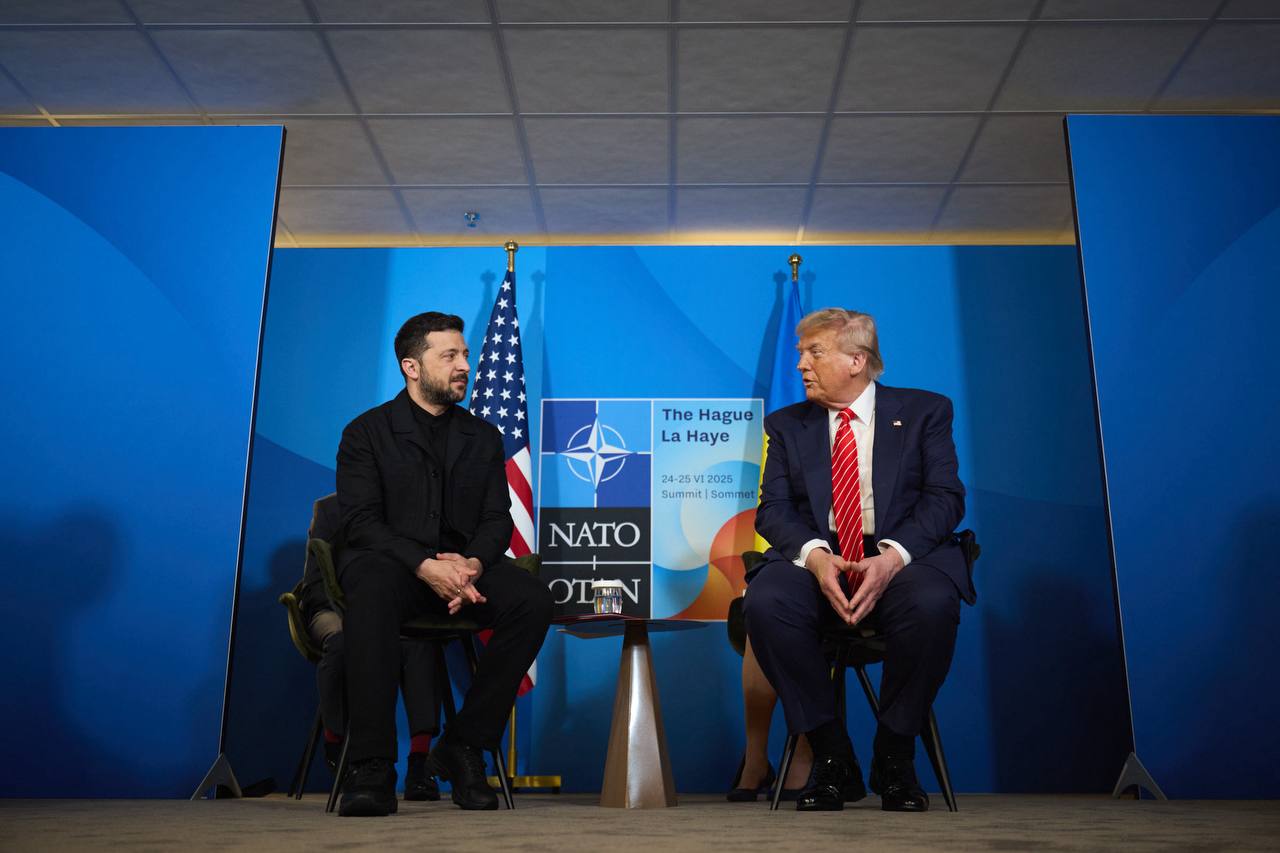
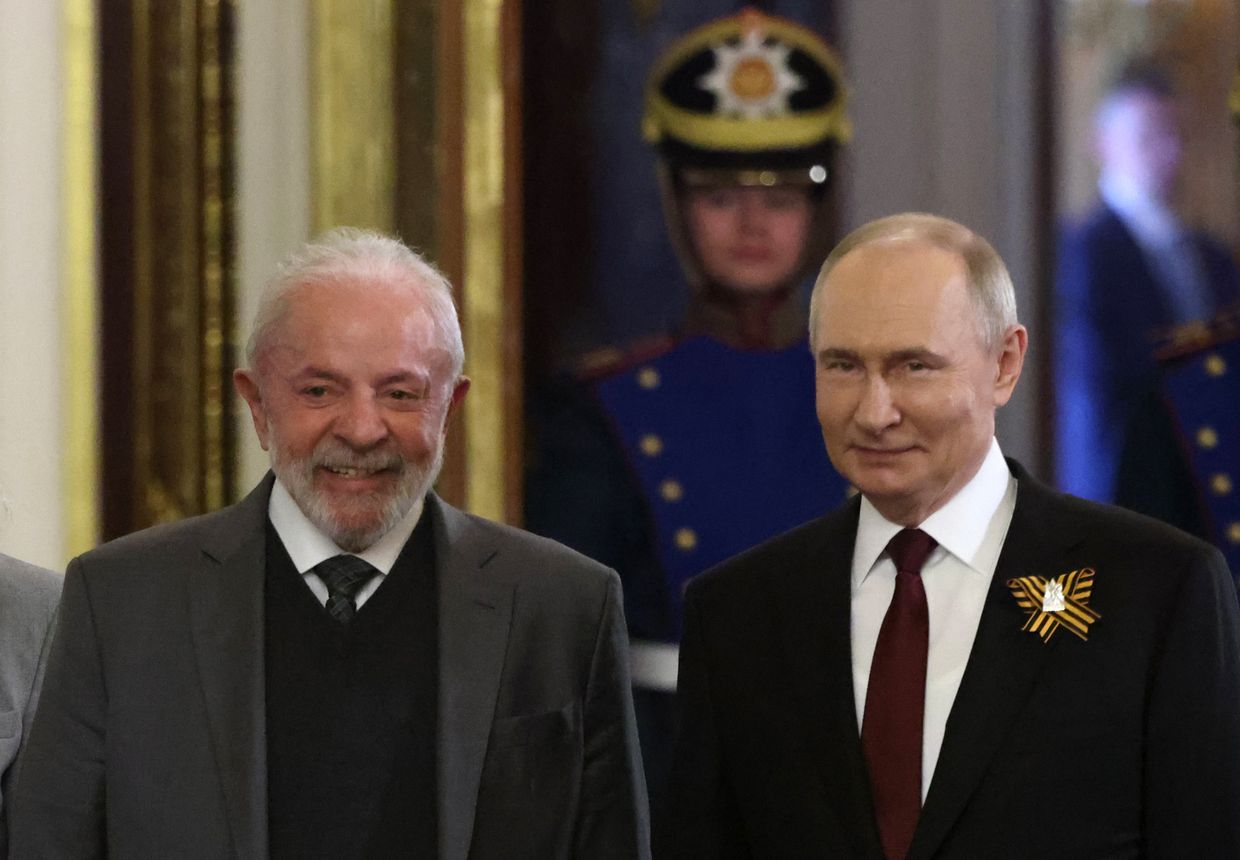

Russian President Vladimir Putin has decided not to attend the upcoming BRICS summit in Brazil due to an arrest warrant issued by the International Criminal Court (ICC), Russian president's foreign policy aide Yuriy Ushakov said on June 25.
"This is related to certain difficulties in the context of the ICC’s demands, as you know, and precisely in this context, the Brazilian government was unable to take a clear position that would allow our president to participate in this meeting," Ushakov said.
Brazil is a member of the ICC and a signatory to the Rome Statute, meaning it is obliged to arrest Putin if he enters the country.
The BRICS summit, which is scheduled to take place on July 6–7, will be attended by Russian Foreign Minister Sergey Lavrov, according to Ushakov. Putin is expected to participate remotely via video.
BRICS, composed of Russia, China, India, Brazil, and other nations, is a group of emerging economies often portrayed as a counterweight to the Western-led world.
The ICC issued a warrant for the Russian leader's arrest in March 2023 over the illegal deportation of Ukrainian children during Russia's full-scale invasion of Ukraine.
In November 2024, Putin skipped the G20 summit in Brazil and sent Lavrov instead.
Earlier in June, Moscow said that Putin had received an official invitation to attend the G20 summit in South Africa, another ICC member state. The event is scheduled to take place in Johannesburg from Nov. 22 to 23.
In September 2024, Putin made a rare visit to Mongolia, which is also a signatory of the ICC, prompting criticism over the non-enforcement of the warrant.
 The Kyiv IndependentKateryna Denisova
The Kyiv IndependentKateryna Denisova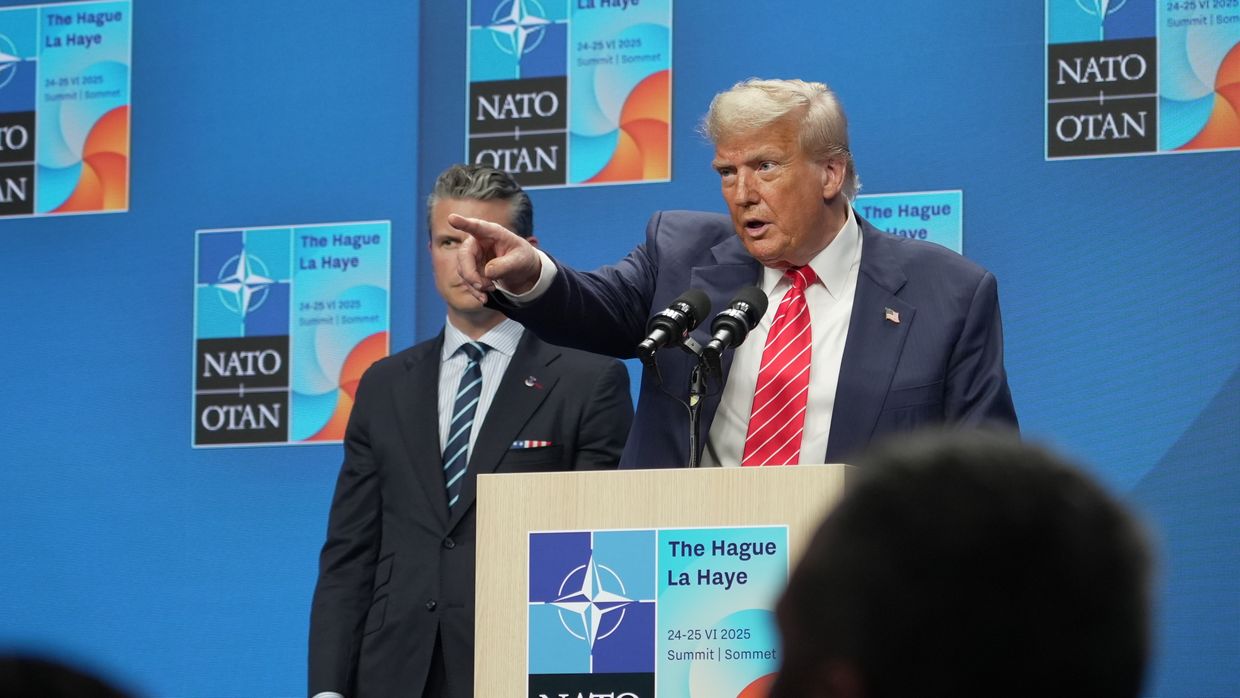


Over 45 Ukrainians forcibly deported by Russia from Ukraine's occupied territories are being held in a basement at Russia's border with Georgia without food, water, and basic healthcare, independent media outlet Astra reported on June 21.
"We are in a basement without utilities: there is no shower or toilet, they don't feed us. Volunteers bring humanitarian aid, but it lasts for a couple of days and not for everyone," one of the held Ukrainians told Astra.
A decree by Russian President Vladimir Putin has ordered Ukrainians still living in occupied territories to leave unless they "regulate their legal status," namely, obtaining Russian citizenship.
"We emphasize that these systematic deportations and persecutions are part of Russia's genocide policy against the Ukrainian people," Foreign Ministry spokesperson Heorhii Tykhyi said on March 21.
At least 45 Ukrainians have been held at the Verkhniy Lars border checkpoint between Georgia and Russia for several days.
One of the deported Ukrainians has been hospitalized as they await passage out of Russia and into Georgia.
"There were 8 of us, 3 days ago. Every day, more people are brought here and the number is growing. Now there are 45 people, some have been here for a month. There are disabled people and people with serious illnesses," one of the held Ukrainians said.
The basement facility has since 2023 held deported Ukrainians barred from entering the Russian Federation and the Ukrainian territories it occupies.
The held Ukrainians were denied entry into Georgia. Most did not have the necessary travel documents, but 16 Ukrainians with passports were denied entry as well, Astra reported, citing the non-profit organization Tbilisi Volunteers Organization.
"The basement is damp, there are drops of water on the ceiling, (it's hard) to breathe, everyone smokes, they don't let us outside. We sleep for four hours, taking turns. Some sleep on the floor," one of the deported Ukrainians said.
The basement only houses 17 sleeping spaces, but another 100 deported Ukrainians are expected to arrive at the facility, a volunteer told Astra.
Following a pause in deportations to Georgia in 2024, Russia has resumed deportations as Georgia prepares new immigration legislation, the Tbilisi Volunteers Organization says.
Serhiy Serdiuk, a resident of occupied Zaporizhzhia Oblast, was deported and banned from re-entering Russia and Ukraine's occupied territories for 40 years, the Guardian reported on June 21.
Russian authorities pressed Serdiuk, an educator, to continue work under Russia's imposed school curriculum.
Serdiuk and other staff at a school in Zaporizhzhia Oblast's Komysh-Zoria town refused and were met with threats.
Serdiuk was similarly deported to Georgia, from where he flew to Moldova and crossed back into Ukraine.
Due to Russia's illegal and unrecognized annexation of Ukraine's occupied territories, Ukrainian citizens are pressured to obtain Russian citizenship or face deportation and entry bans.
 The Kyiv IndependentLinda Hourani
The Kyiv IndependentLinda Hourani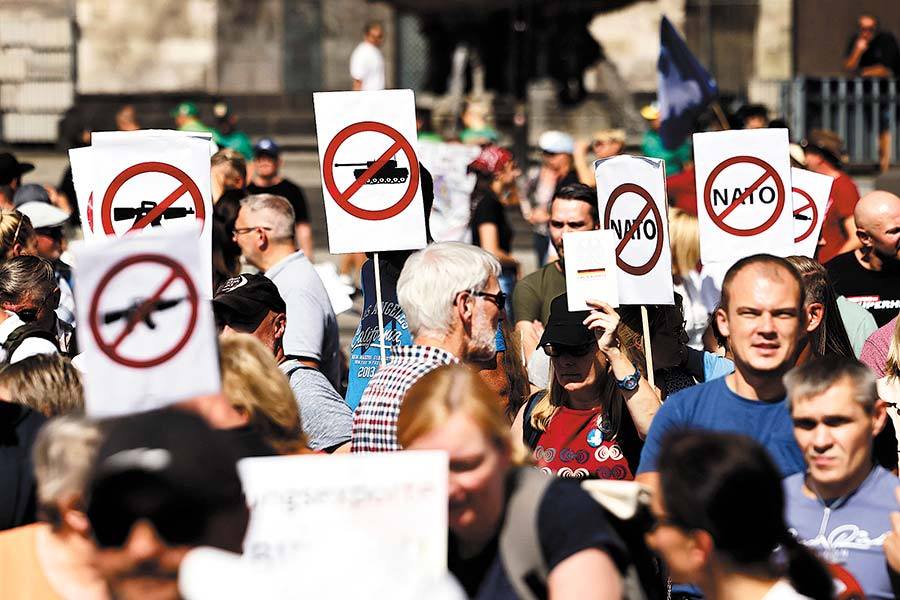
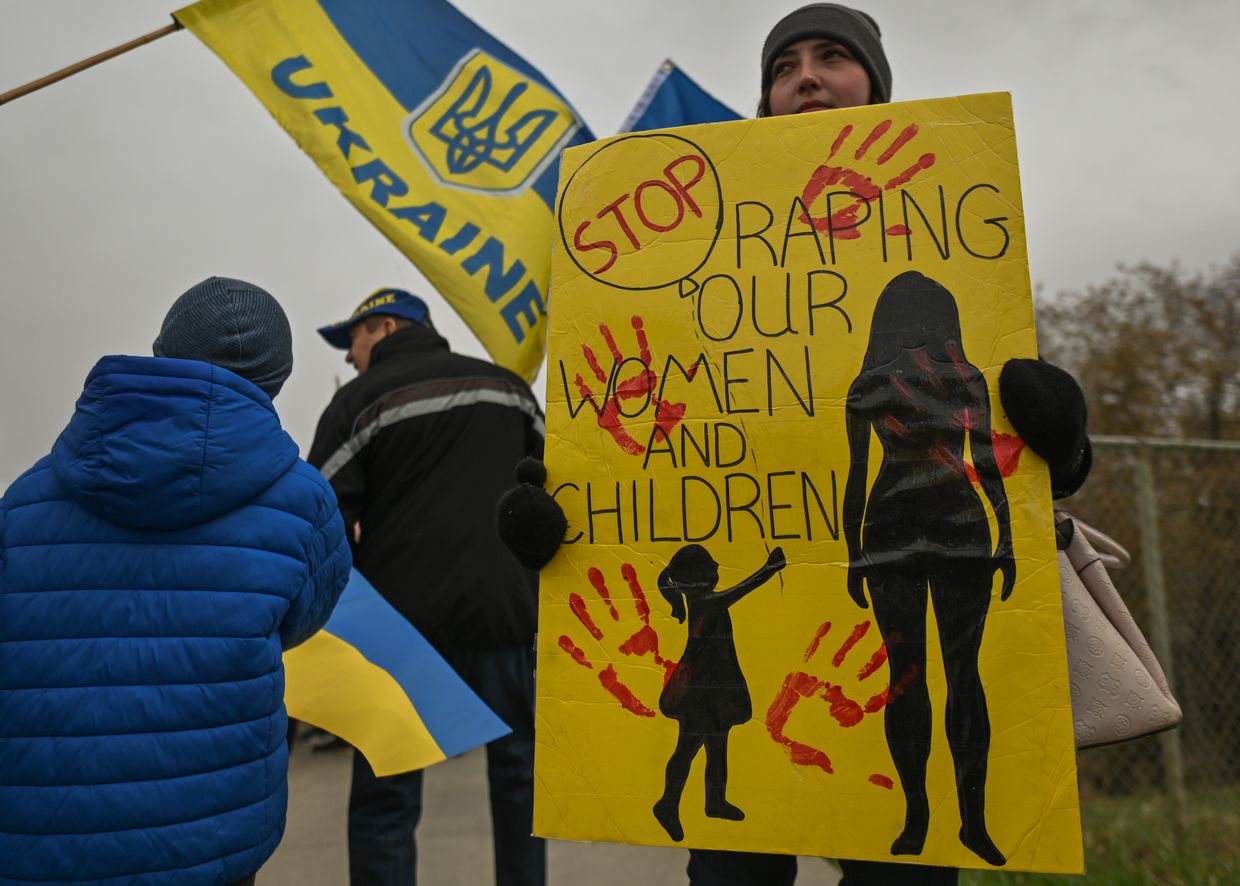

As of June 2025, Ukraine has documented 366 cases of sexual violence committed in connection with Russia's full-scale war, the Foreign Ministry reported on June 19, citing data from the Prosecutor General's Office.
The statement was published on the International Day for the Elimination of Sexual Violence in Conflict, marked every year on June 19.
The victims include 231 women, 134 men, and 19 children. The documented crimes span rape, sexual torture, forced nudity, and other violent acts, many of which occurred in occupied territories or during the early stages of Russia's invasion.
Sexual violence in conflict is prohibited under the 1949 Geneva Conventions and their additional protocols, which mandate the protection of civilians, especially women and children. It is also recognized as a war crime under international law.
Ukraine's Foreign Ministry said Russia is "grossly violating international humanitarian law" and the legal framework established by multiple U.N. Security Council resolutions.
The ministry said that Moscow has employed sexual violence "as a weapon of war" to terrorize civilians, destroy communities, and weaken resistance.
Ukraine's Permanent Representative to the United Nations, Sergiy Kyslytsya, raised the issue at the Security Council in April 2024, warning that such violence is being used against both civilians and prisoners of war.
In June 2024, the Kyiv Independent identified two Russian soldiers implicated in the rape of women during Russia's occupation of parts of Kyiv and Kherson oblasts in March 2022.
One of them, Mykola Senenko, was formally charged by Ukraine's Prosecutor General's Office for a rape committed in Kherson Oblast.
 The Kyiv IndependentOleg Sukhov
The Kyiv IndependentOleg Sukhov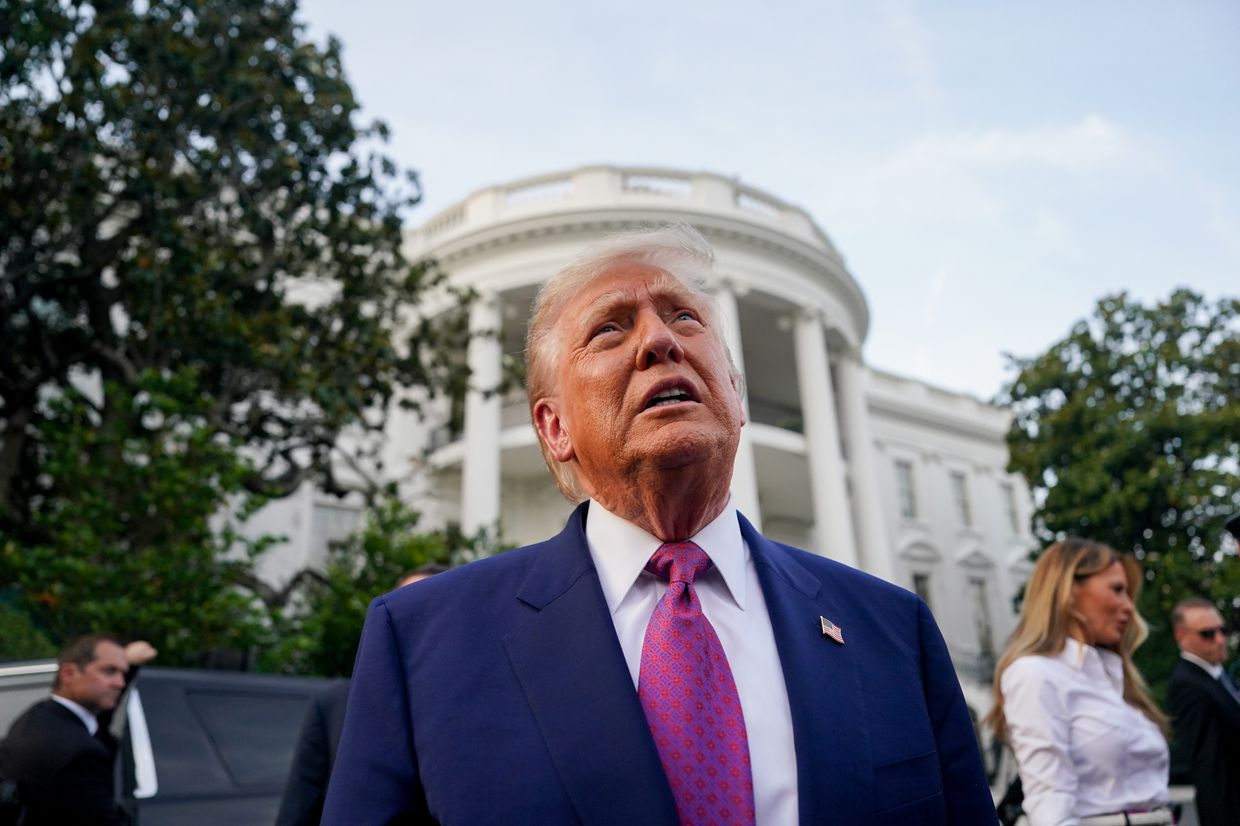
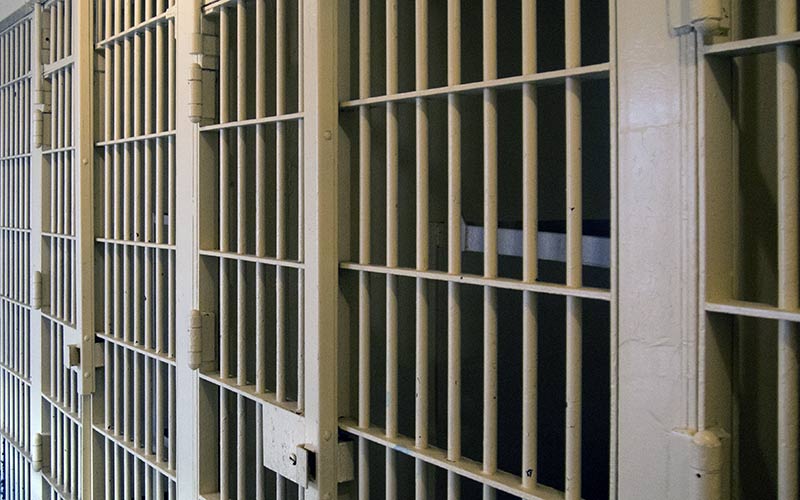

Arkady Gostev, head of Russia's Federal Penitentiary Service, was sentenced in absentia to 10 years in prison for creating a network of torture chambers in the Russian-occupied part of Kherson Oblast, Ukraine's Security Service (SBU) announced on June 19.
Gostev was found guilty of orchestrating the transformation of captured Ukrainian prisons into torture sites used to detain and brutalize members of the local resistance. The SBU said victims were subjected to "brutal torture" intended to break their will and force submission to the Kremlin rule.
According to investigators, Gostev personally oversaw the establishment of torture facilities and pushed for their inclusion in Russia's national prison registry through the Justice Ministry.
The court ruled he committed "actions aimed at violently changing or overthrowing the constitutional order or seizing state power."
"Comprehensive measures are being taken to bring him to justice for crimes against our state," the SBU said, noting that Gostev remains in Russia.
Kherson Oblast, which stretches from the Dnipro River to the Black Sea, remains partially occupied, with the east-bank territories still under Russian control.
Gostev joins a growing list of senior Russian officials charged in absentia with war crimes, crimes against humanity, and the administration of occupied territories.
Ukraine has also targeted collaborators working with the occupation authorities.
On June 18, Ukraine's military intelligence (HUR) confirmed the assassination of Mykhailo Hrytsai, a Russian-appointed deputy mayor in Berdiansk, Zaporizhzhia Oblast, for his role in organizing repression and torture of Ukrainian prisoners of war.
 The Kyiv IndependentDaria Shulzhenko
The Kyiv IndependentDaria Shulzhenko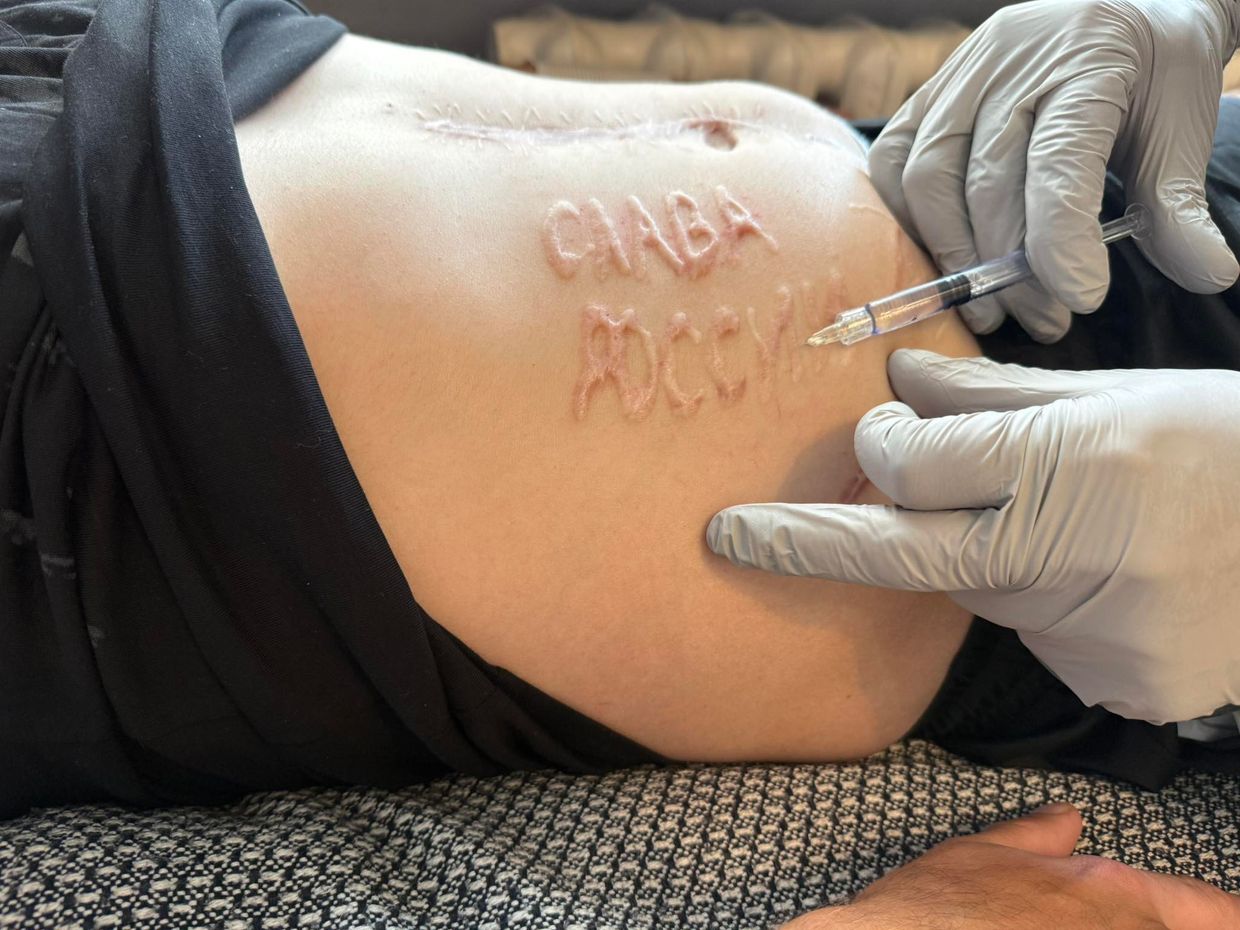
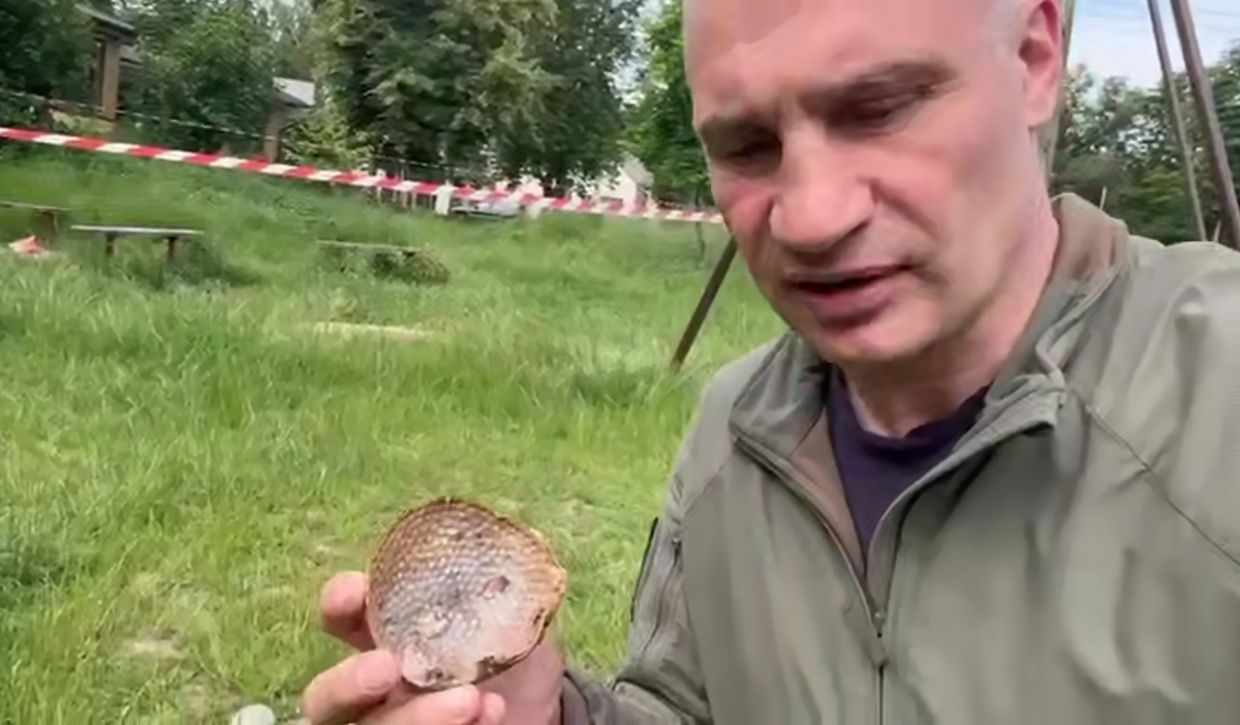

Emergency services in Kyiv have recovered fragments of cluster munitions following the overnight Russian missile and drone attack on June 17, Mayor Vitali Klitschko reported, calling it further evidence of Russia's "genocide" against Ukrainians.
"In the capital's Nyvky neighborhood, emergency workers are now finding these kinds of cluster munition parts," Klitschko said in a statement shared on social media. "Another clear sign of the genocide Russia is committing against Ukrainians."
Cluster munitions are banned under international law by more than 100 countries due to their indiscriminate nature and the long-term threat they pose to civilians, especially when unexploded submunitions remain hidden in residential areas.
While Russia and Ukraine are not signatories to the Convention on Cluster Munitions, international humanitarian organizations have repeatedly condemned the use of such weapons in populated areas. Ukraine uses cluster munitions on the battlefield against Russian forces.
The mayor's comments came hours after one of the largest and deadliest attacks on the Ukrainian capital in months, in which at least 15 people were killed and nearly 100 injured. The Russian strike, which lasted nearly nine hours, included waves of kamikaze drones, ballistic missiles, and what authorities now confirm were banned explosive parts.
President Volodymyr Zelensky called the assault "one of the most horrifying attacks on Kyiv," saying more than 440 drones and 32 missiles were launched across Ukraine overnight.
"Such attacks are pure terrorism," he said in a statement on social media. "And the whole world, the U.S., and Europe must finally respond as civilized societies respond to terrorists."
Zelensky confirmed that damage had been reported in eight districts of Kyiv, with emergency workers still searching for survivors beneath the rubble of a destroyed apartment block.
He added that strikes also hit Odesa, Zaporizhzhia, Chernihiv, Zhytomyr, Kirovohrad, Mykolaiv, and Kyiv regions. "Fifteen people are confirmed dead. My condolences to their families and loved ones," Zelensky said.
Foreign Minister Andrii Sybiha also condemned the attack, calling it a "massive and brutal strike" timed deliberately to coincide with the G7 summit, which is taking place in Canada on June 16-17.
 The Kyiv IndependentLucy Pakhnyuk
The Kyiv IndependentLucy Pakhnyuk